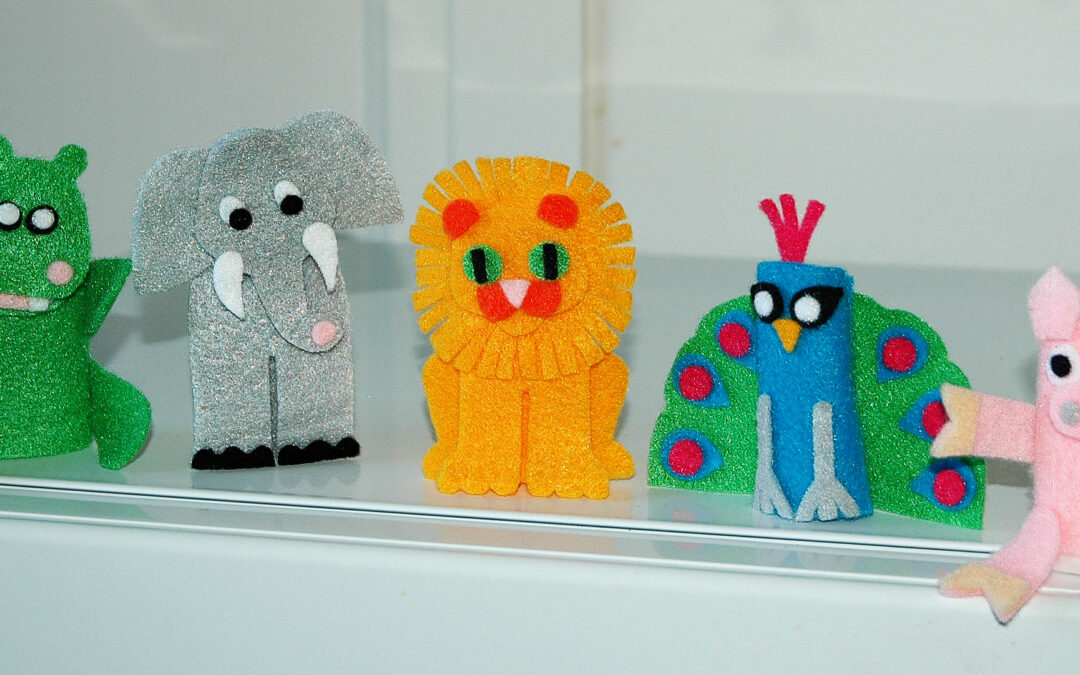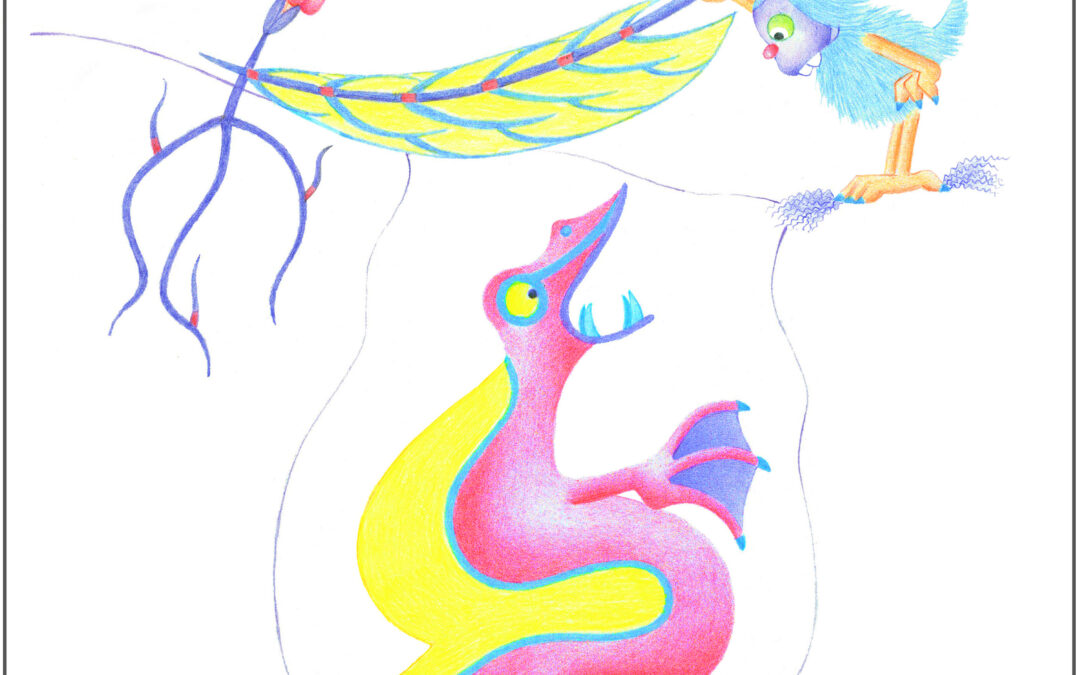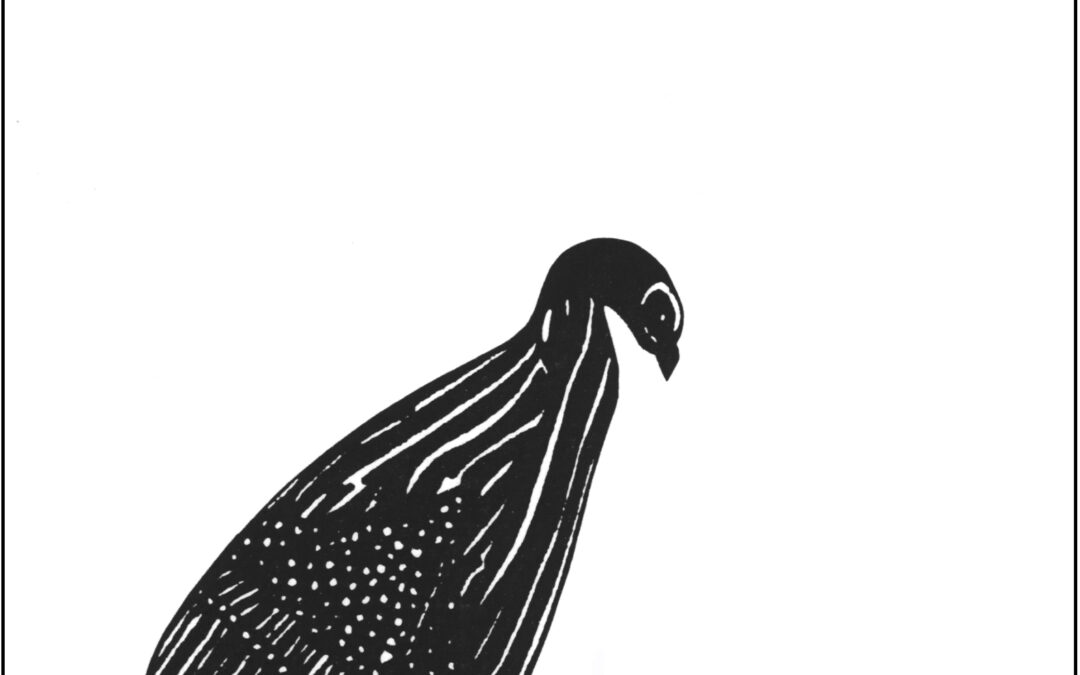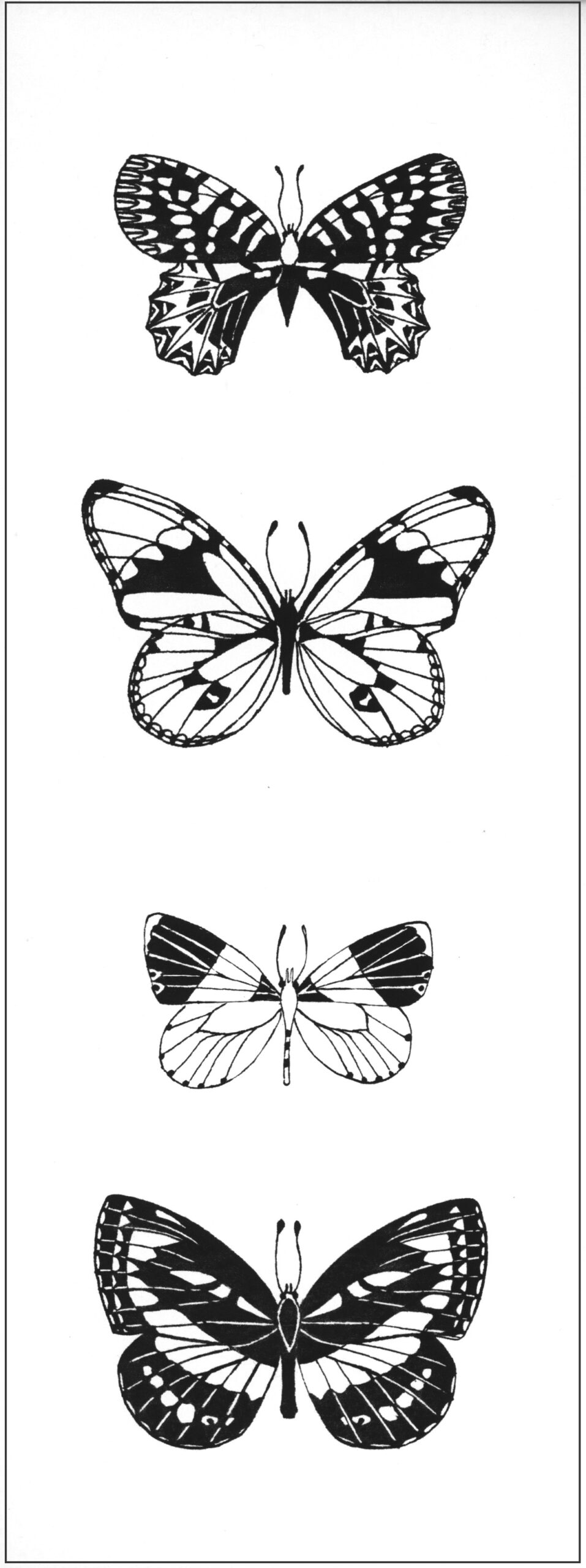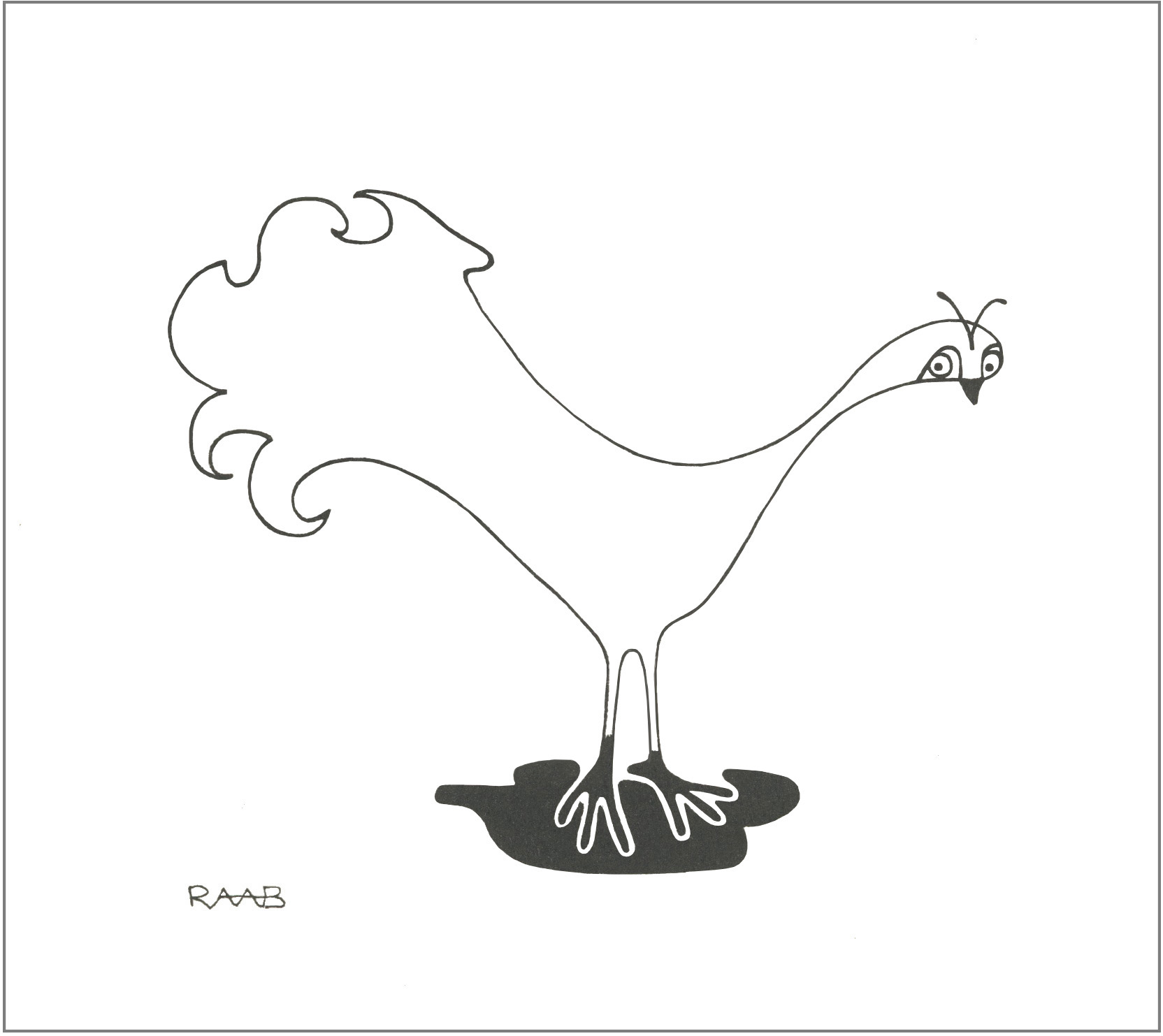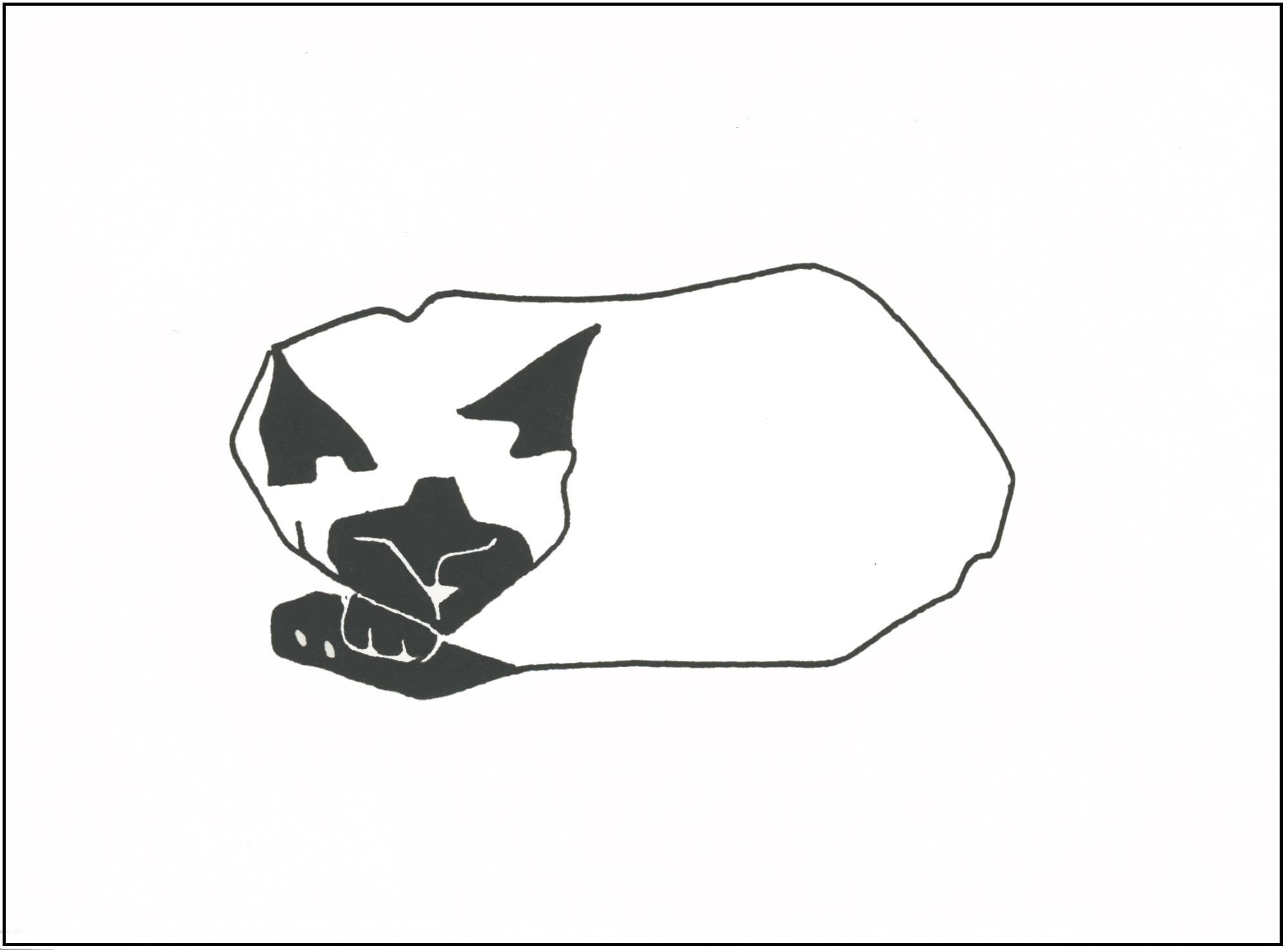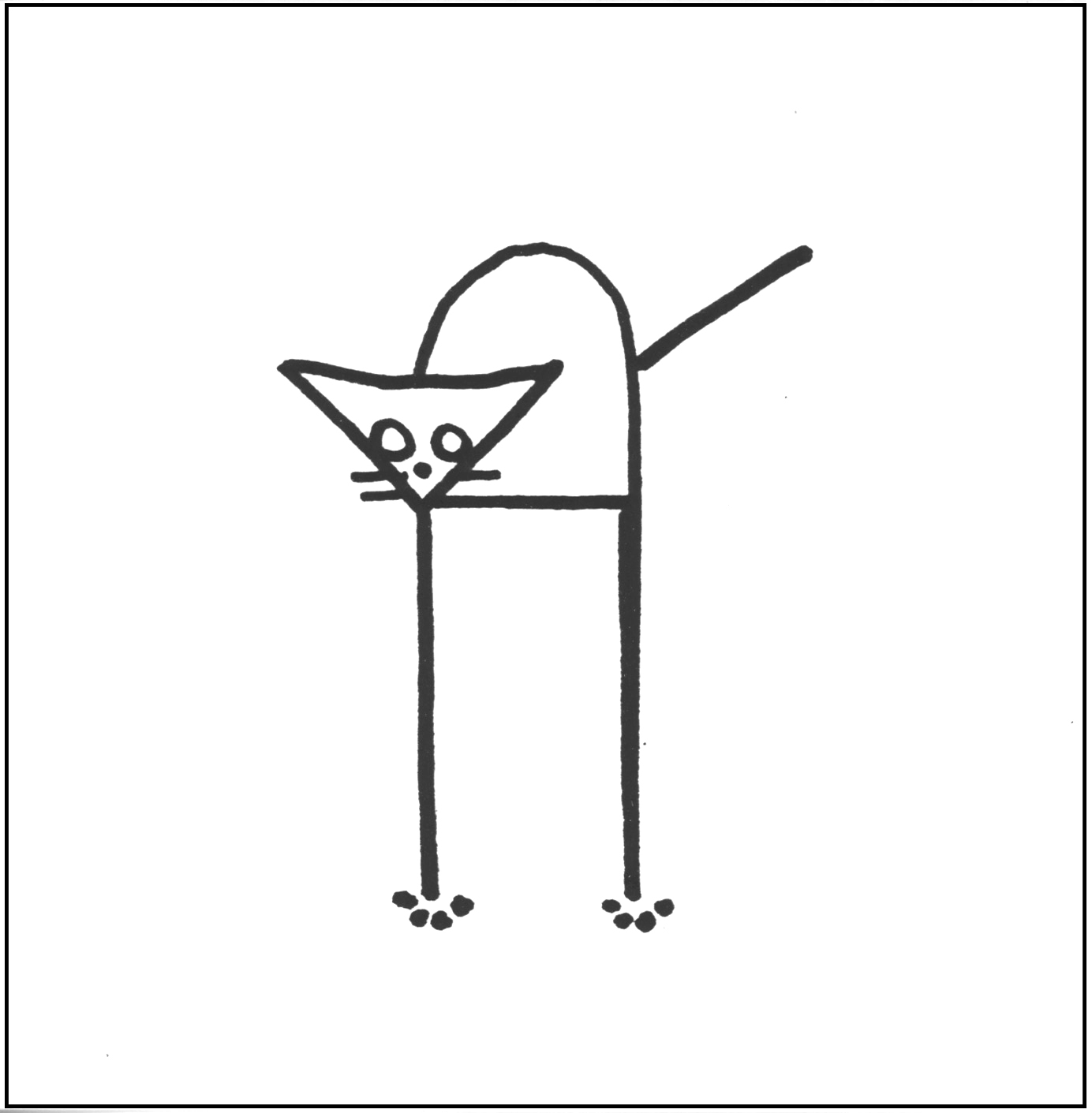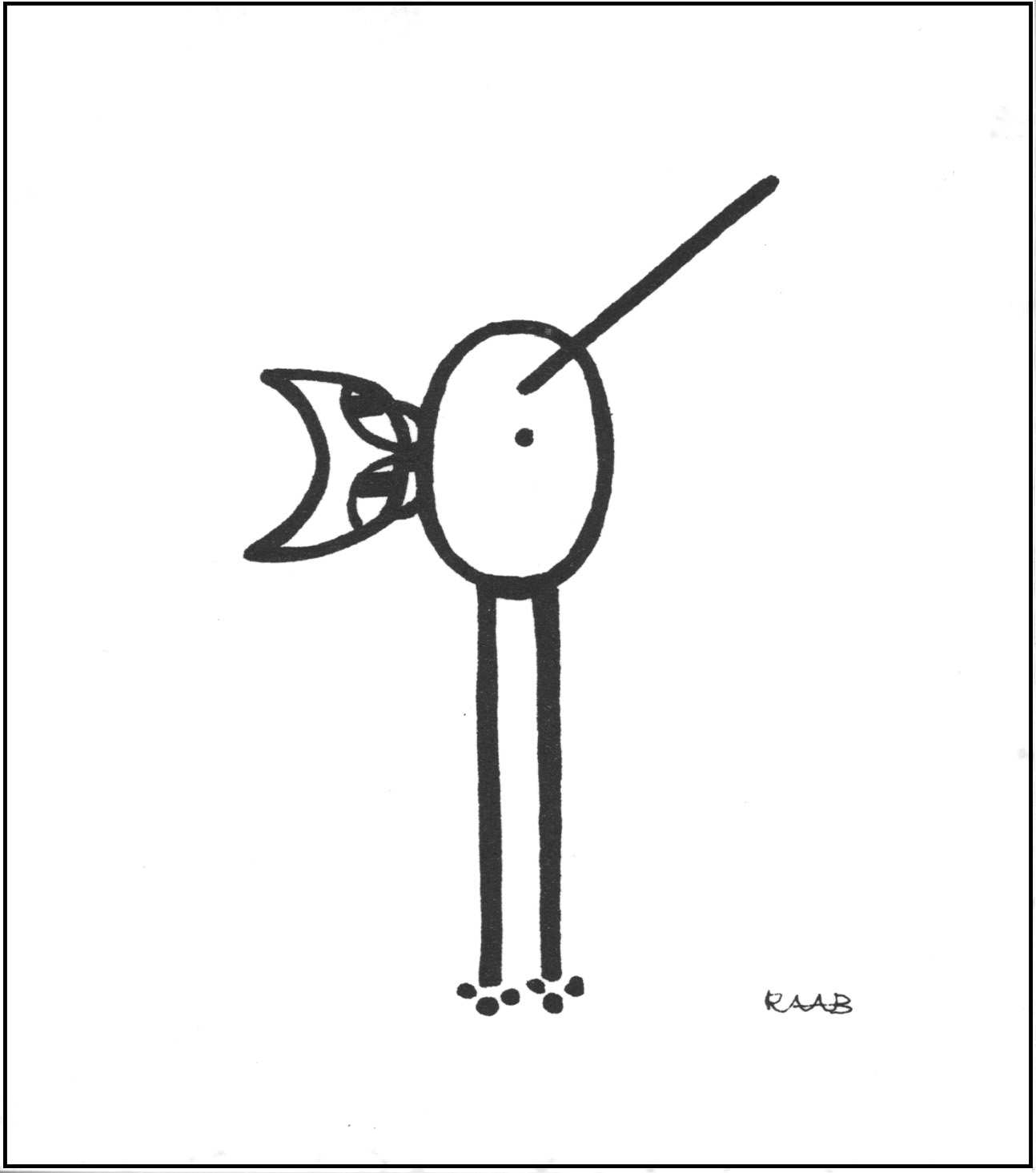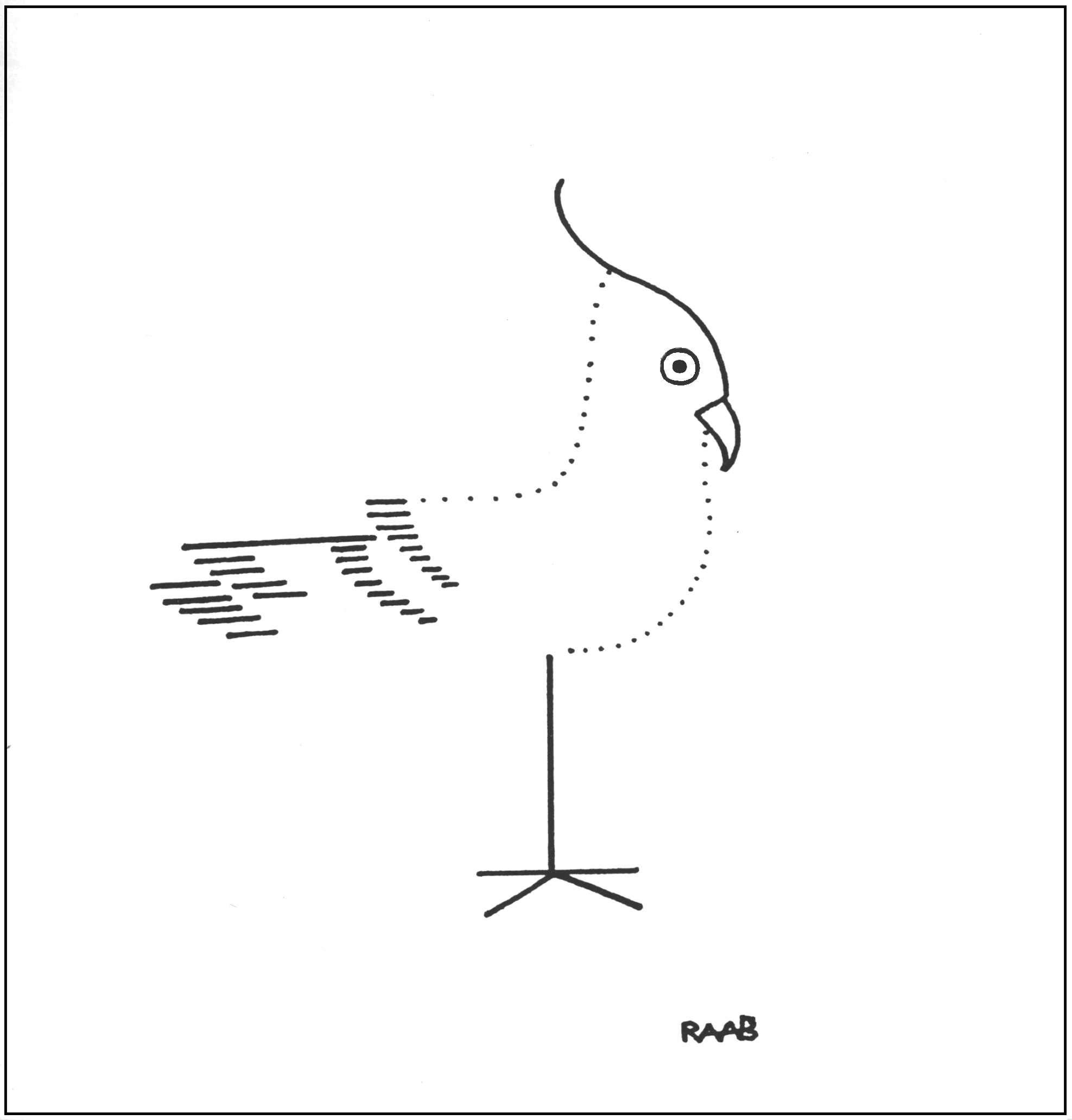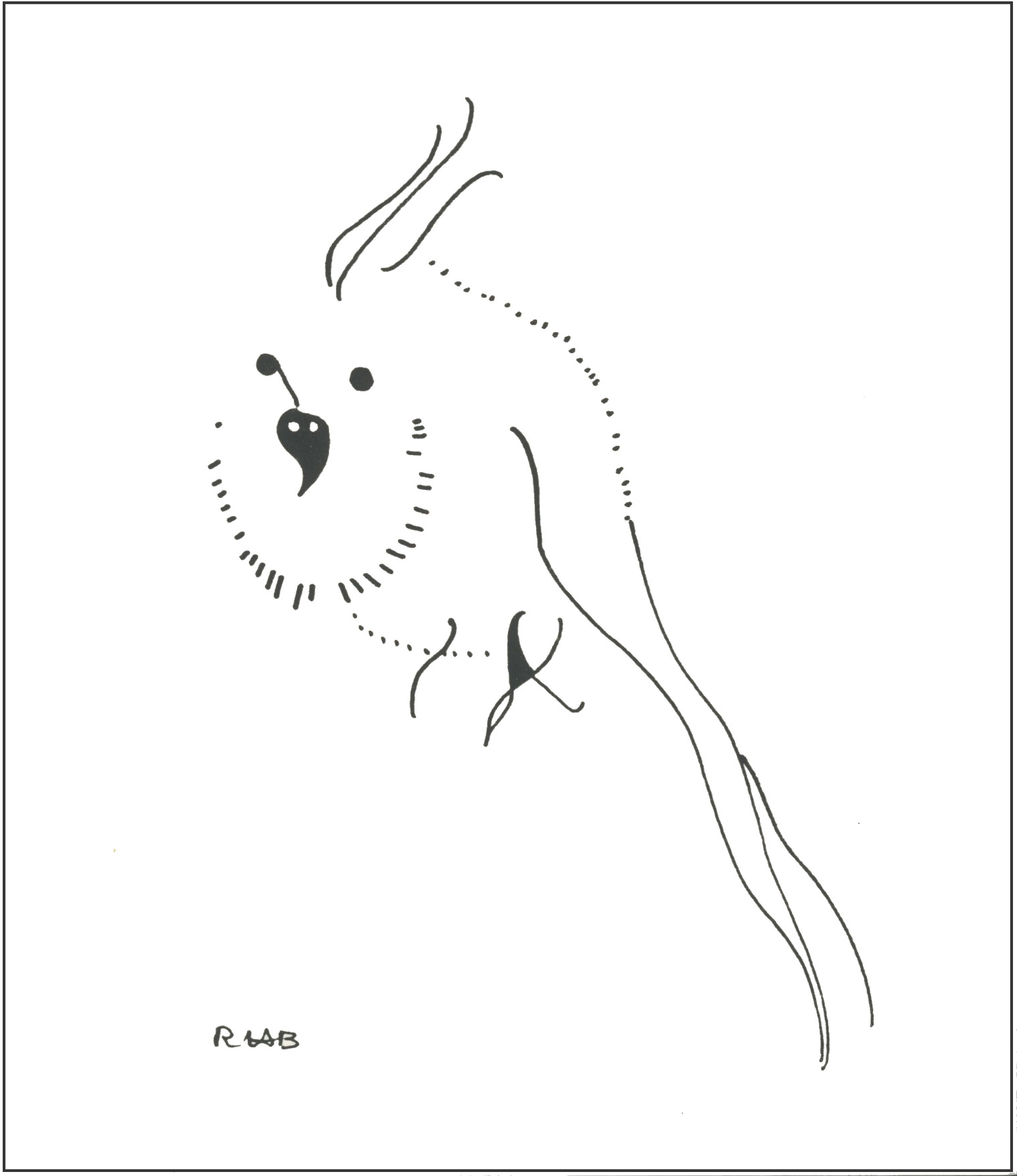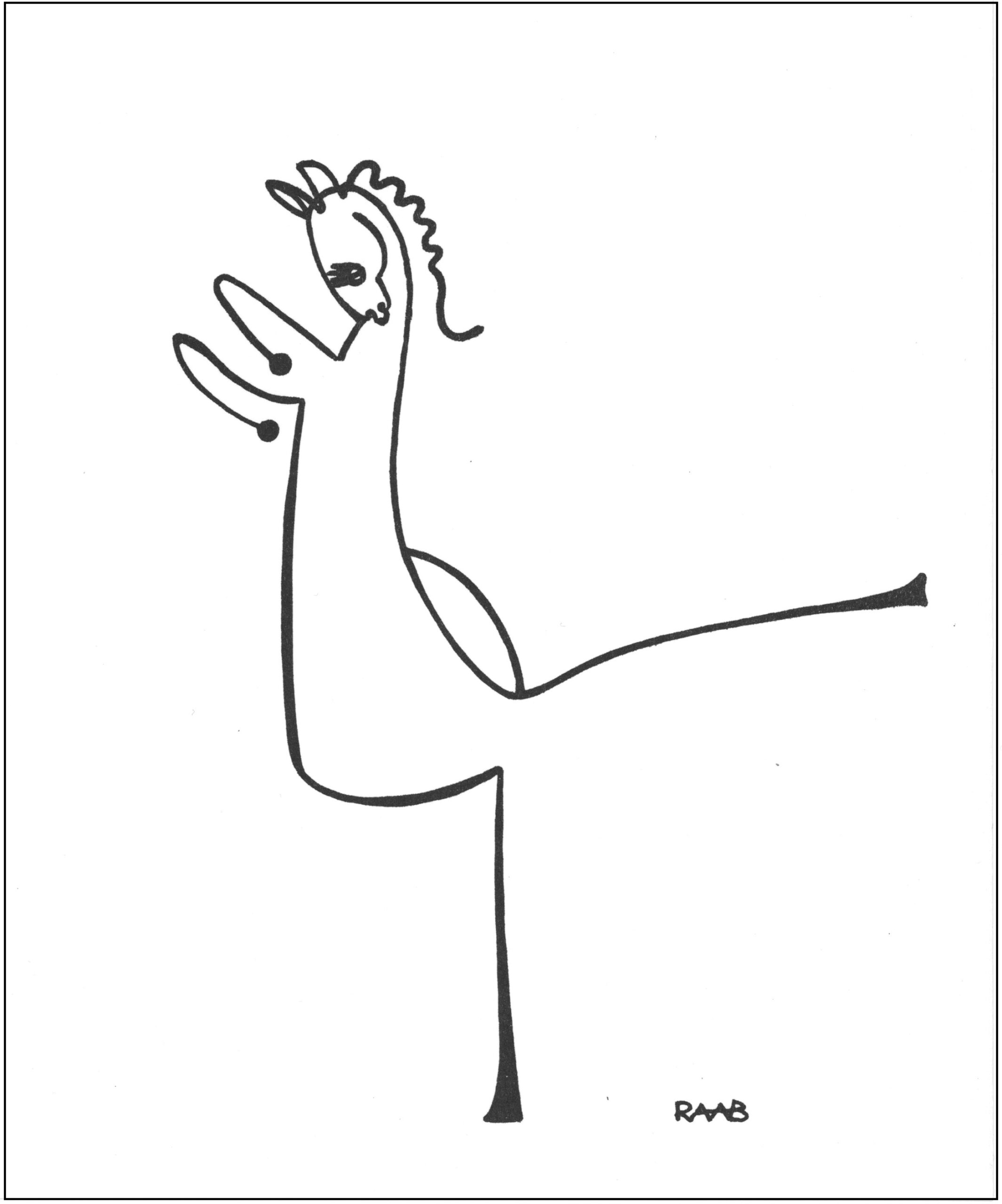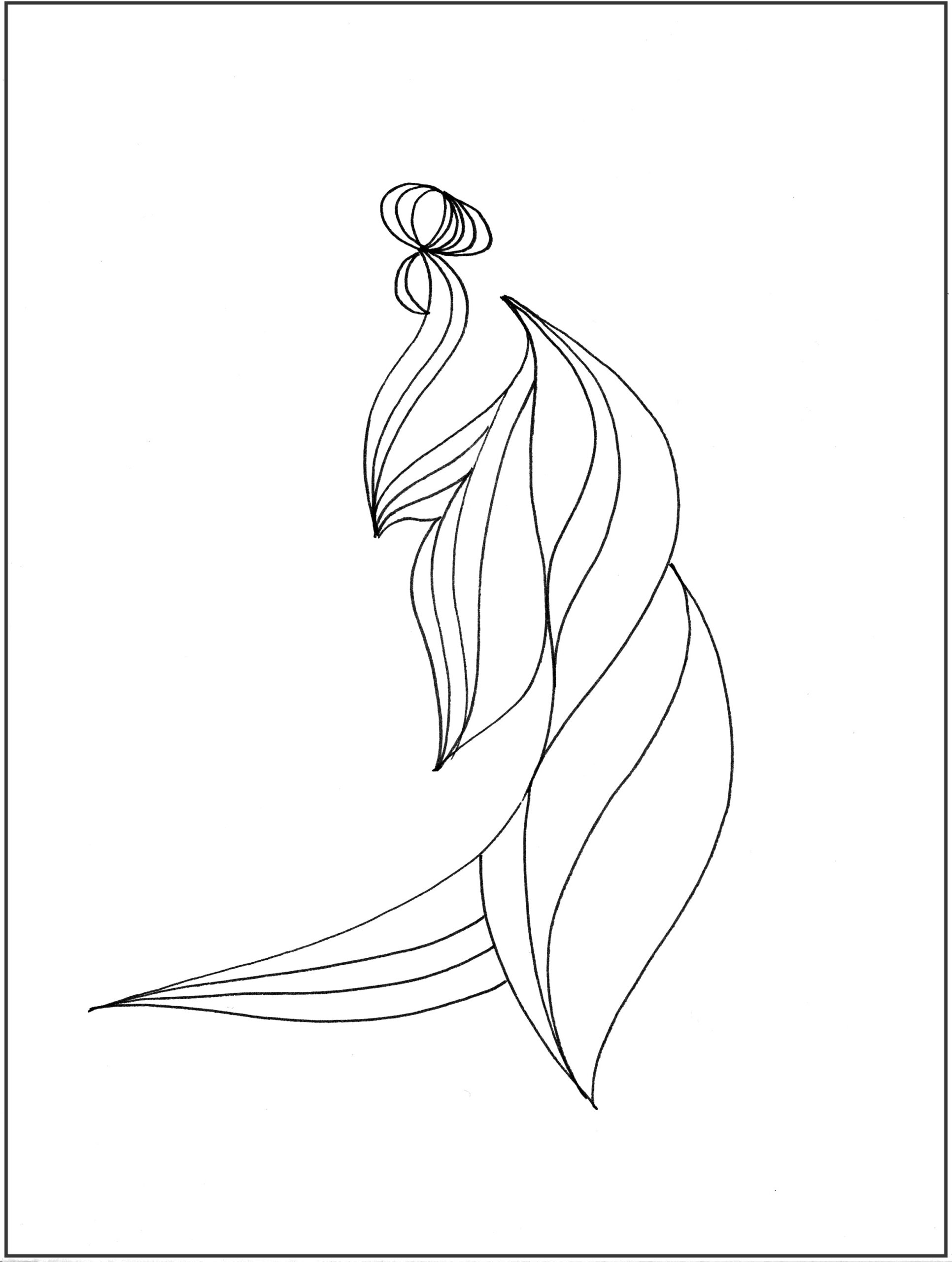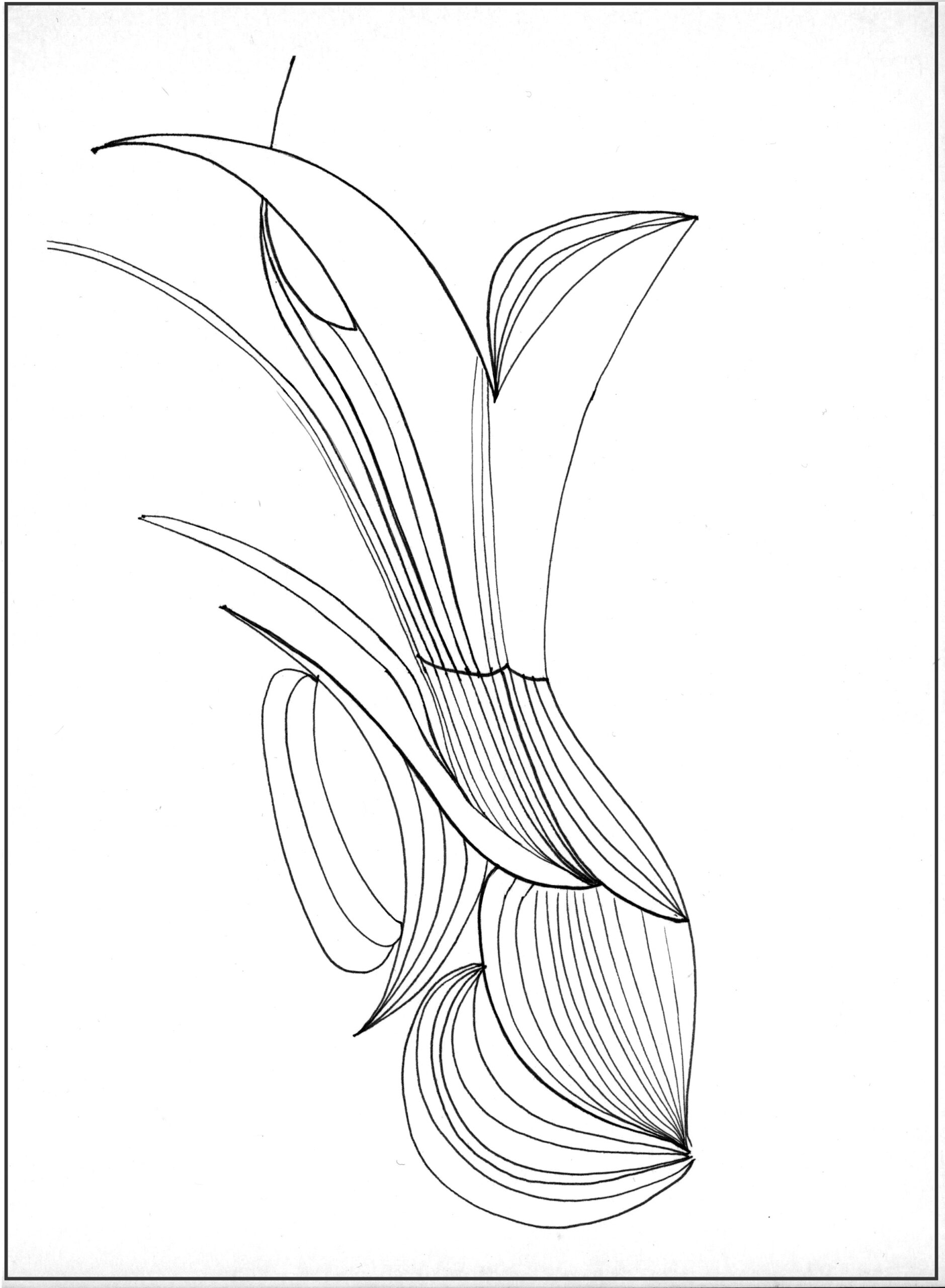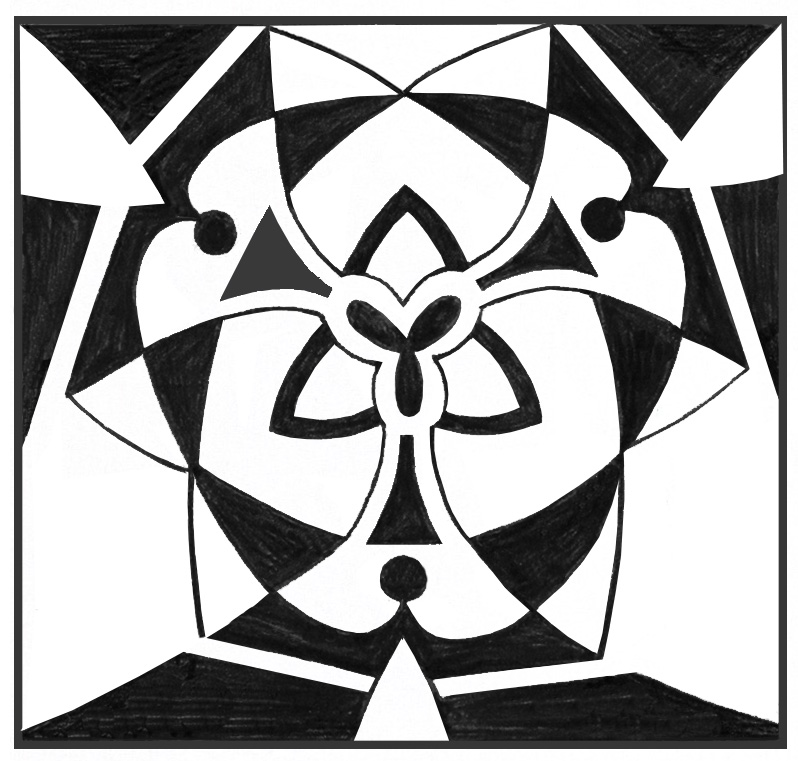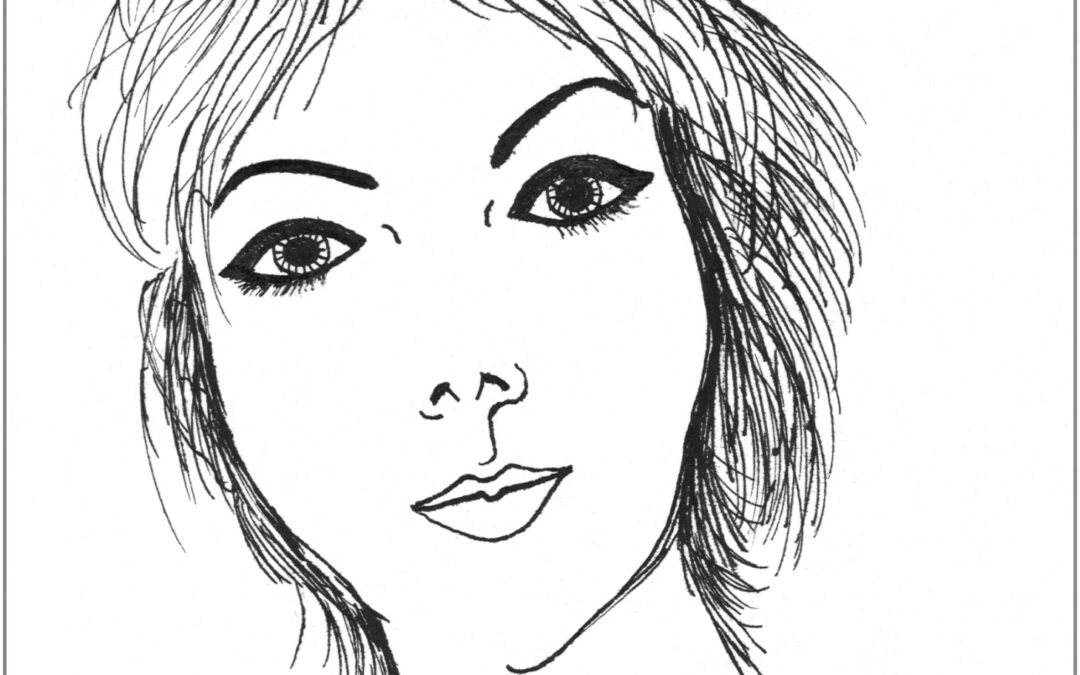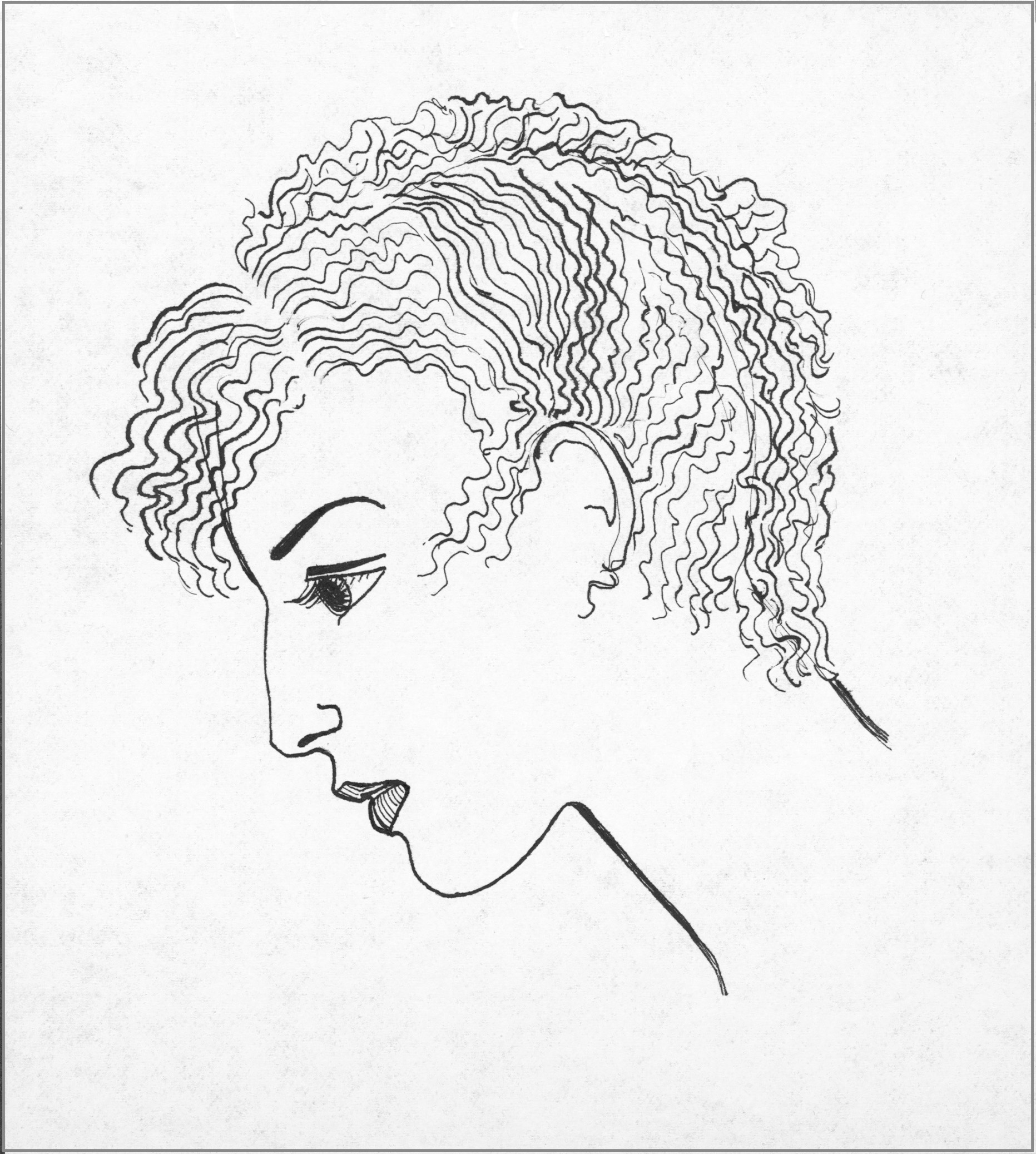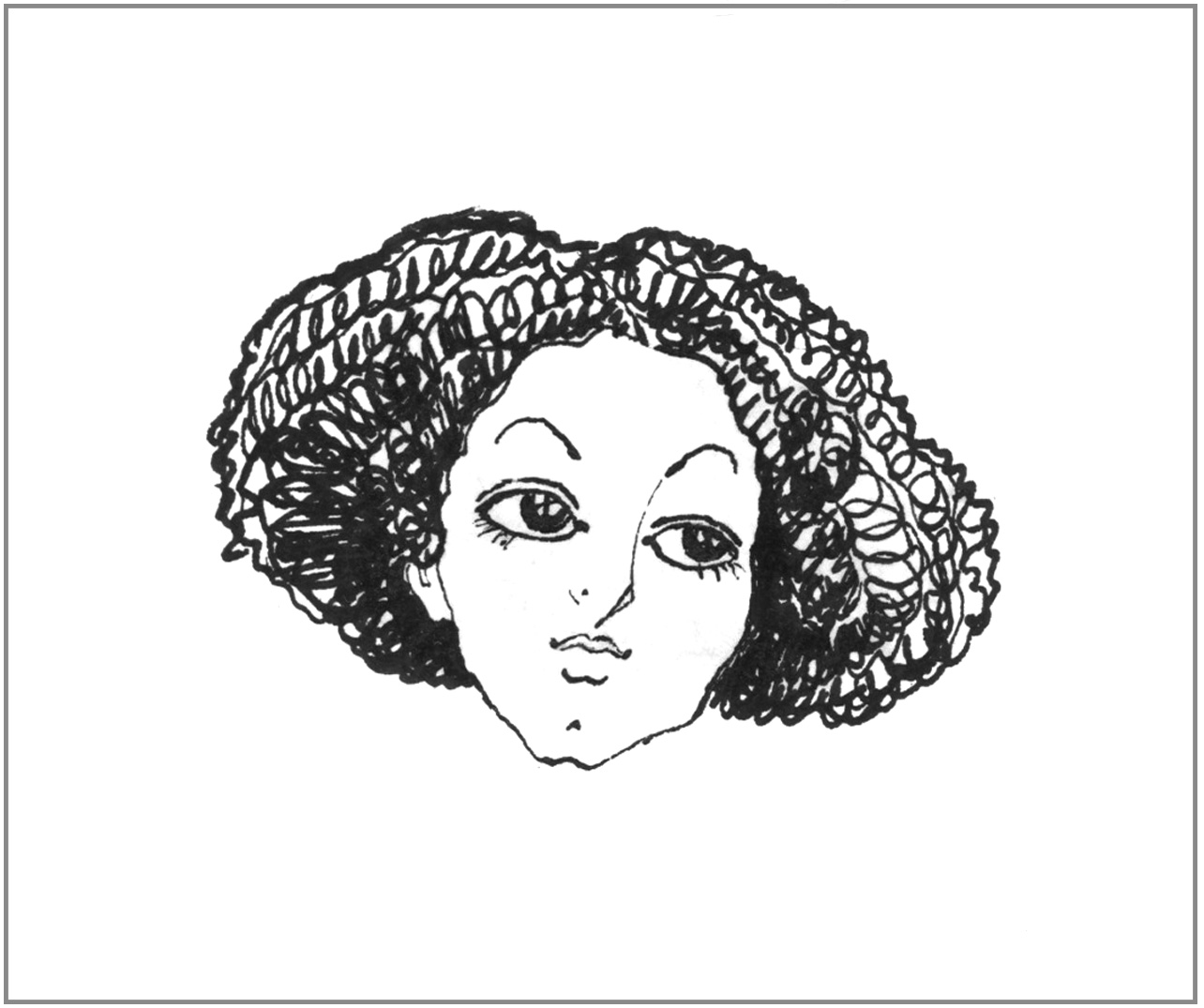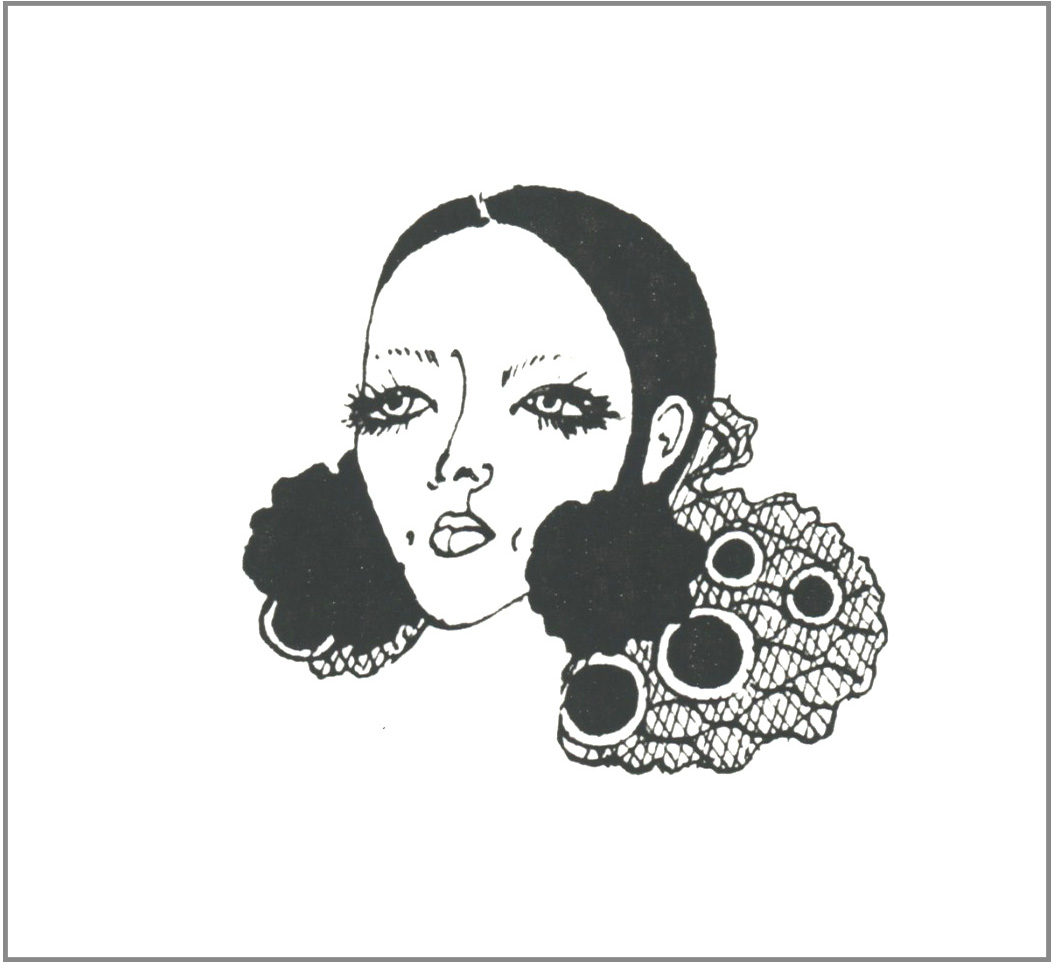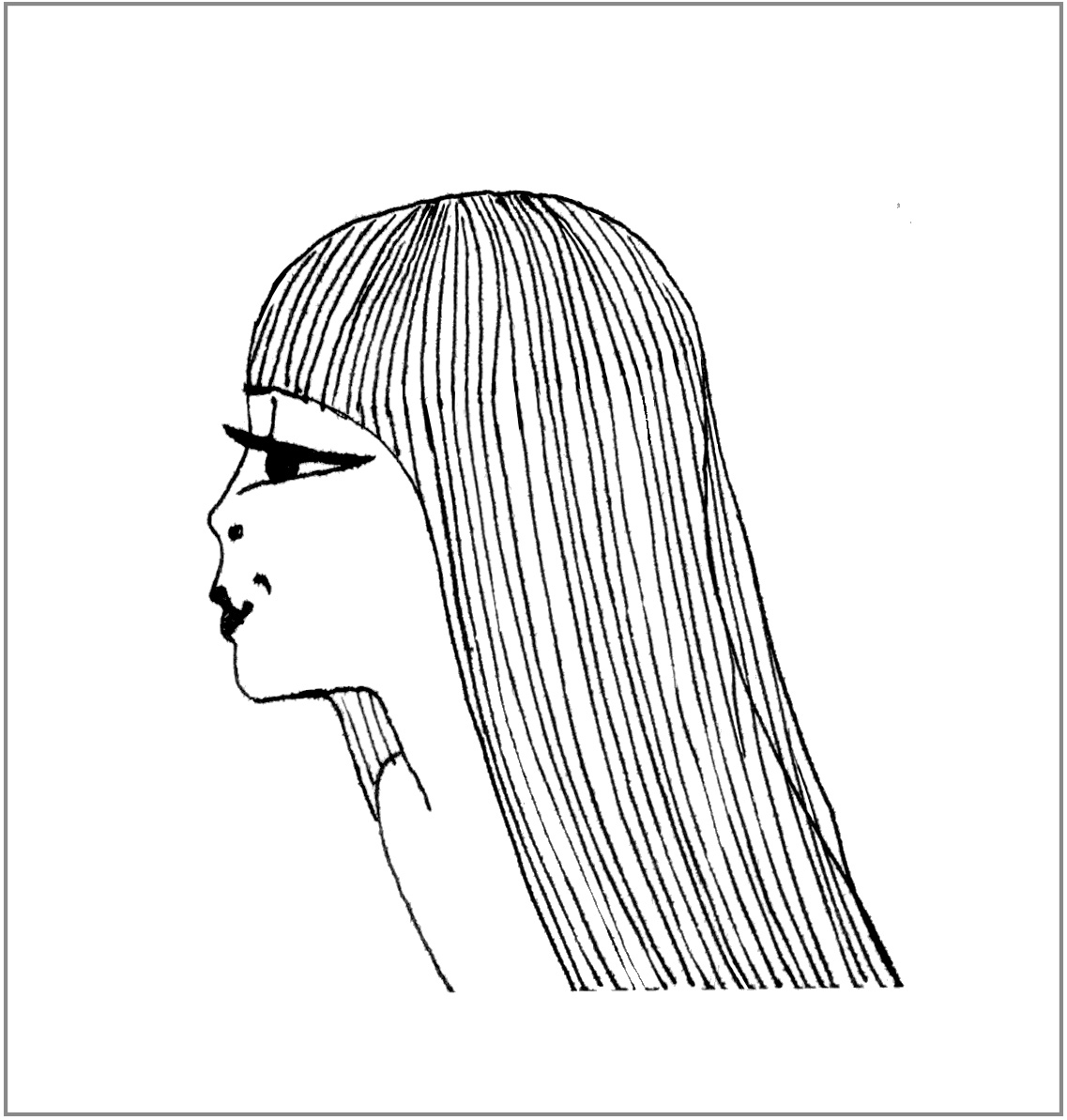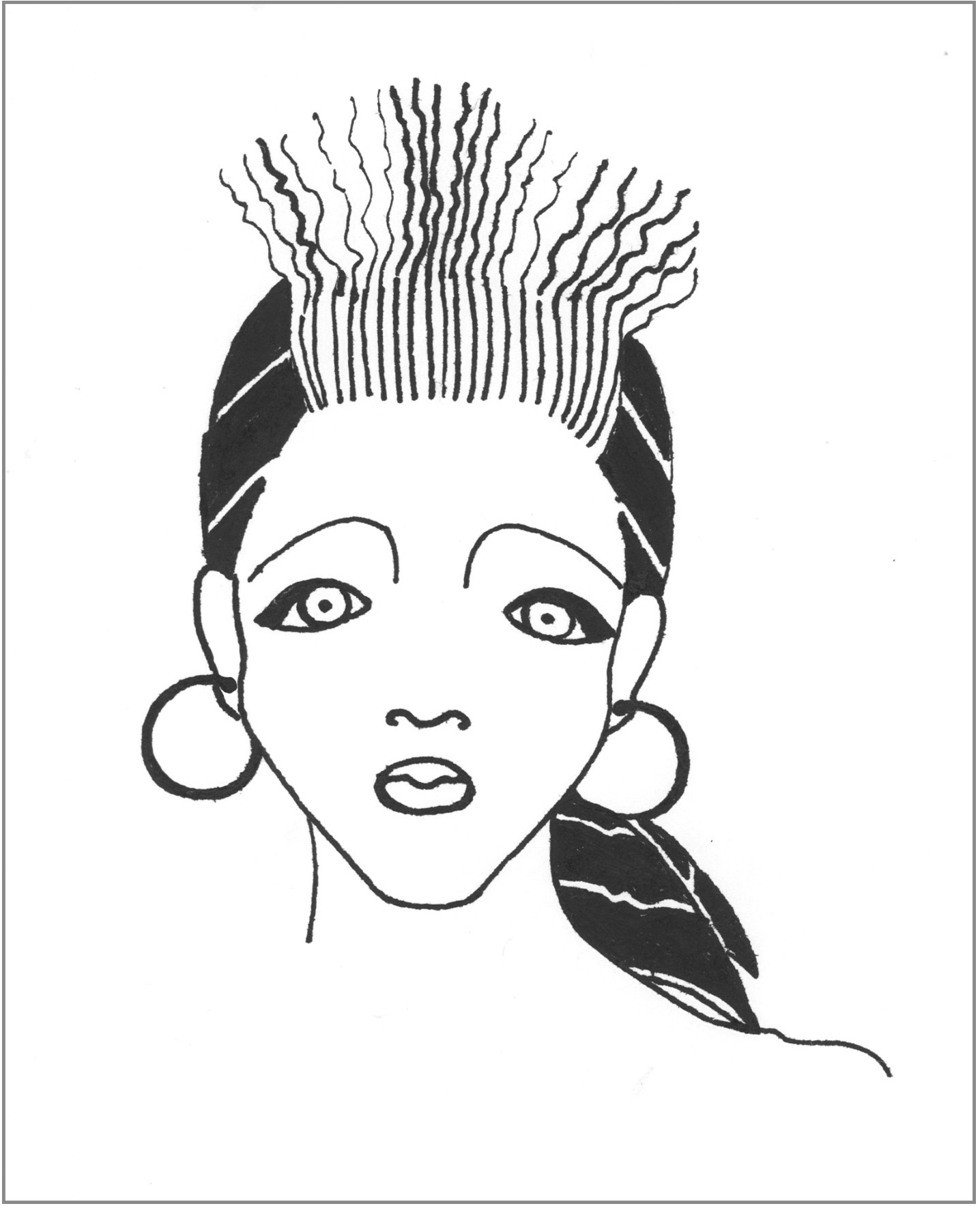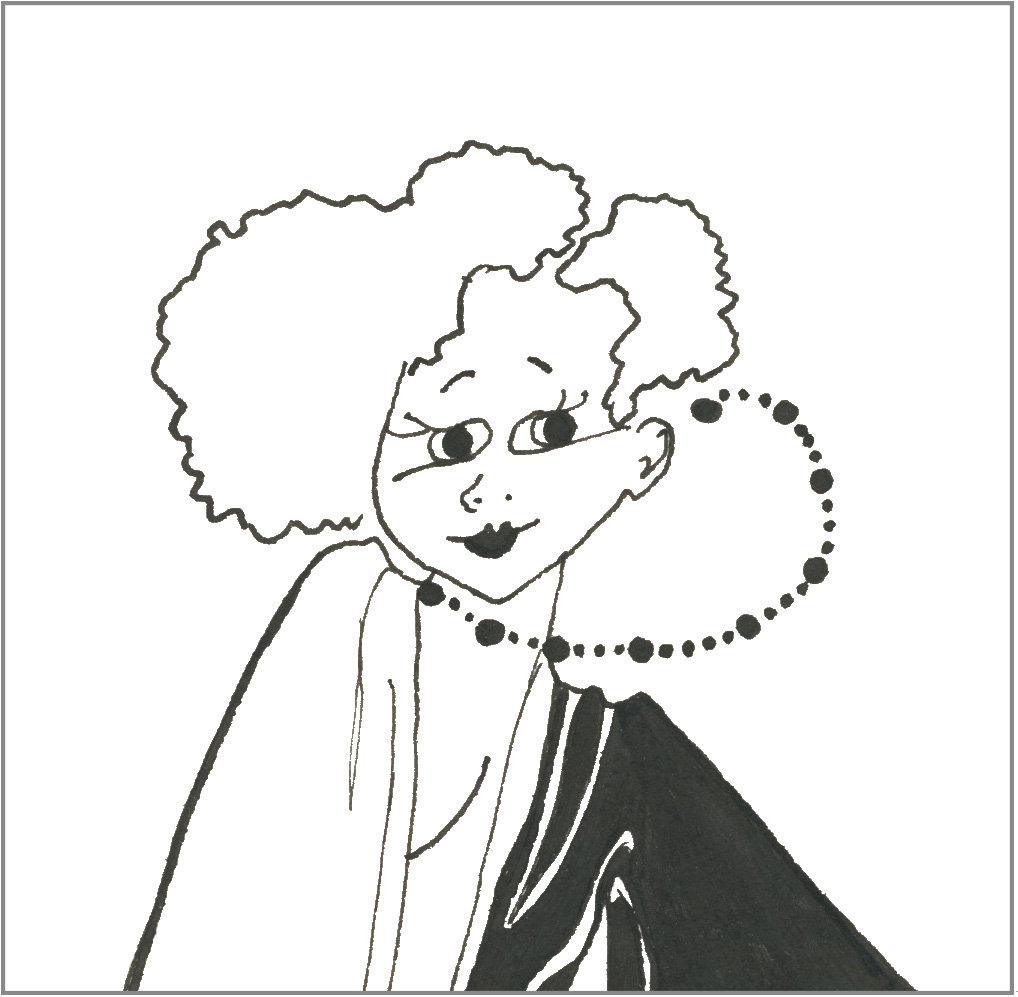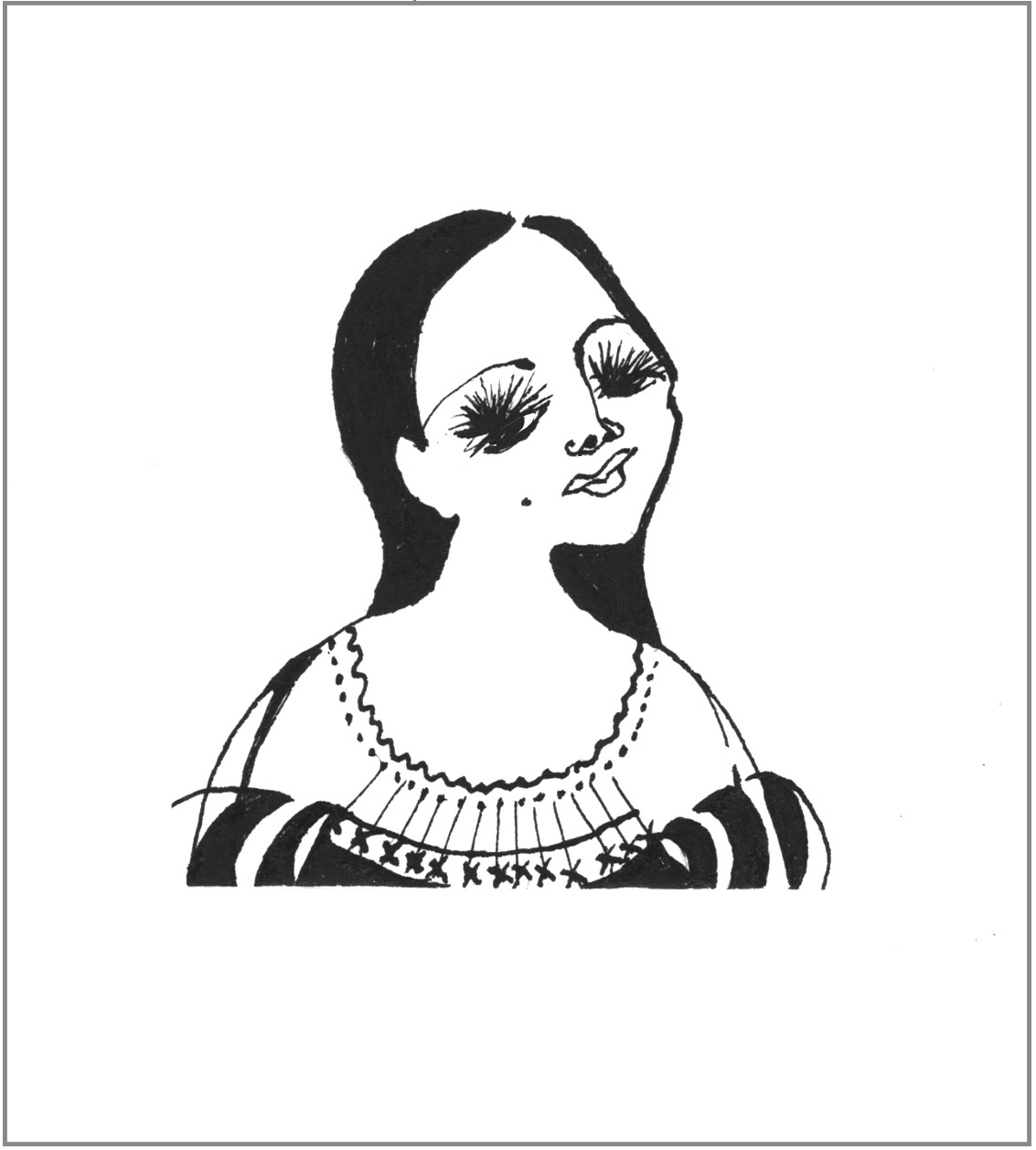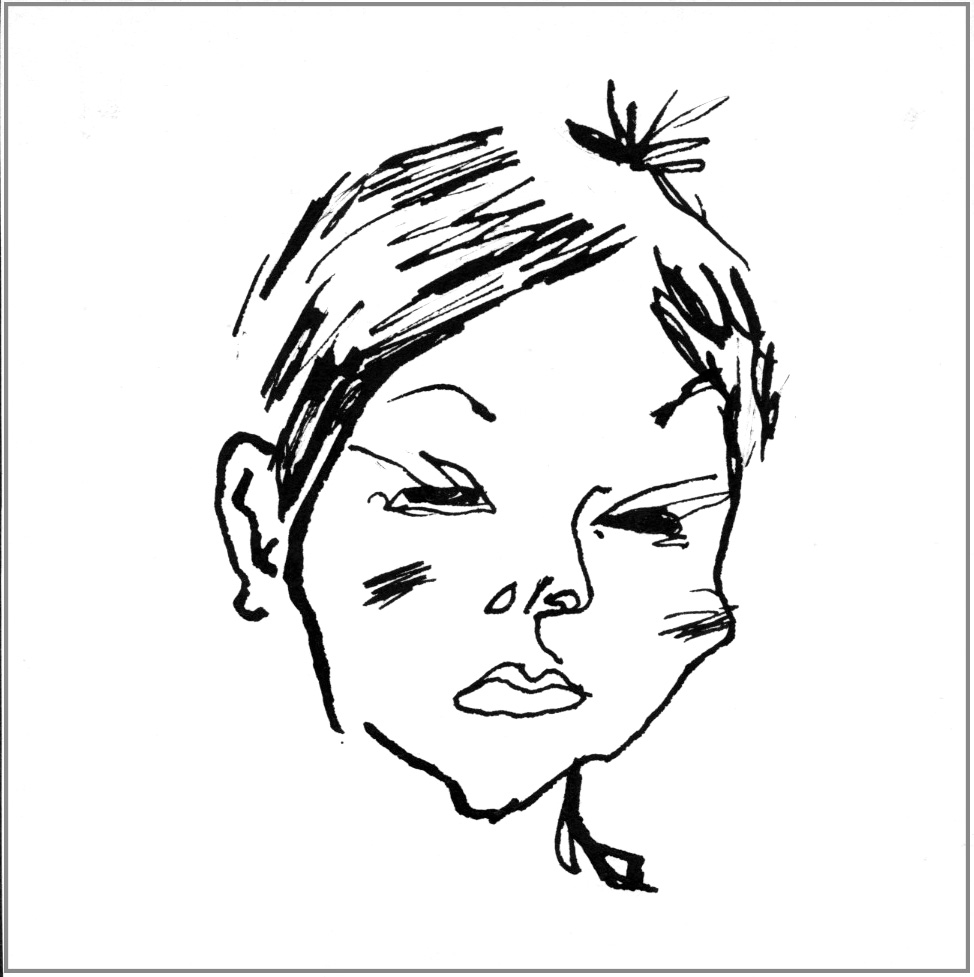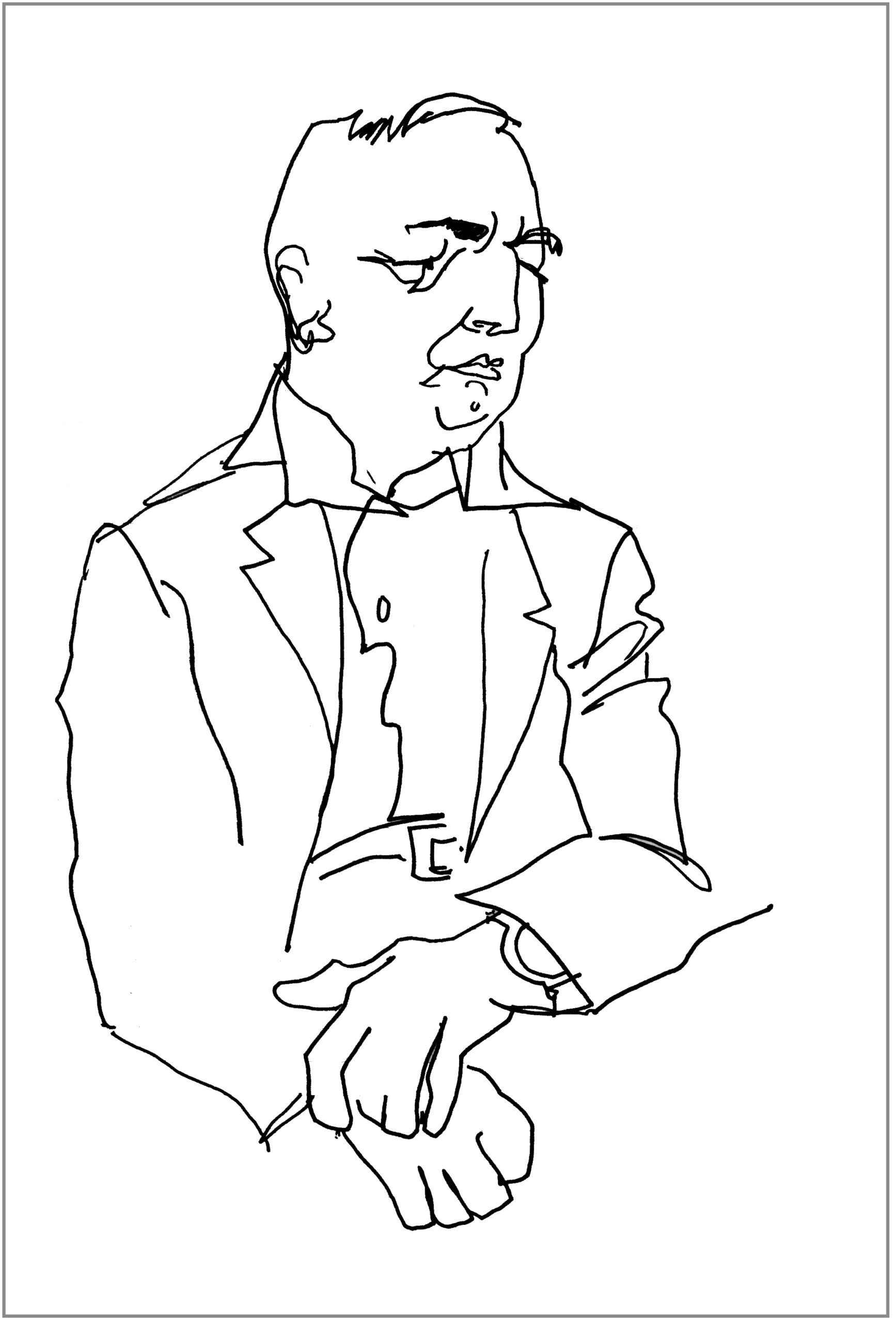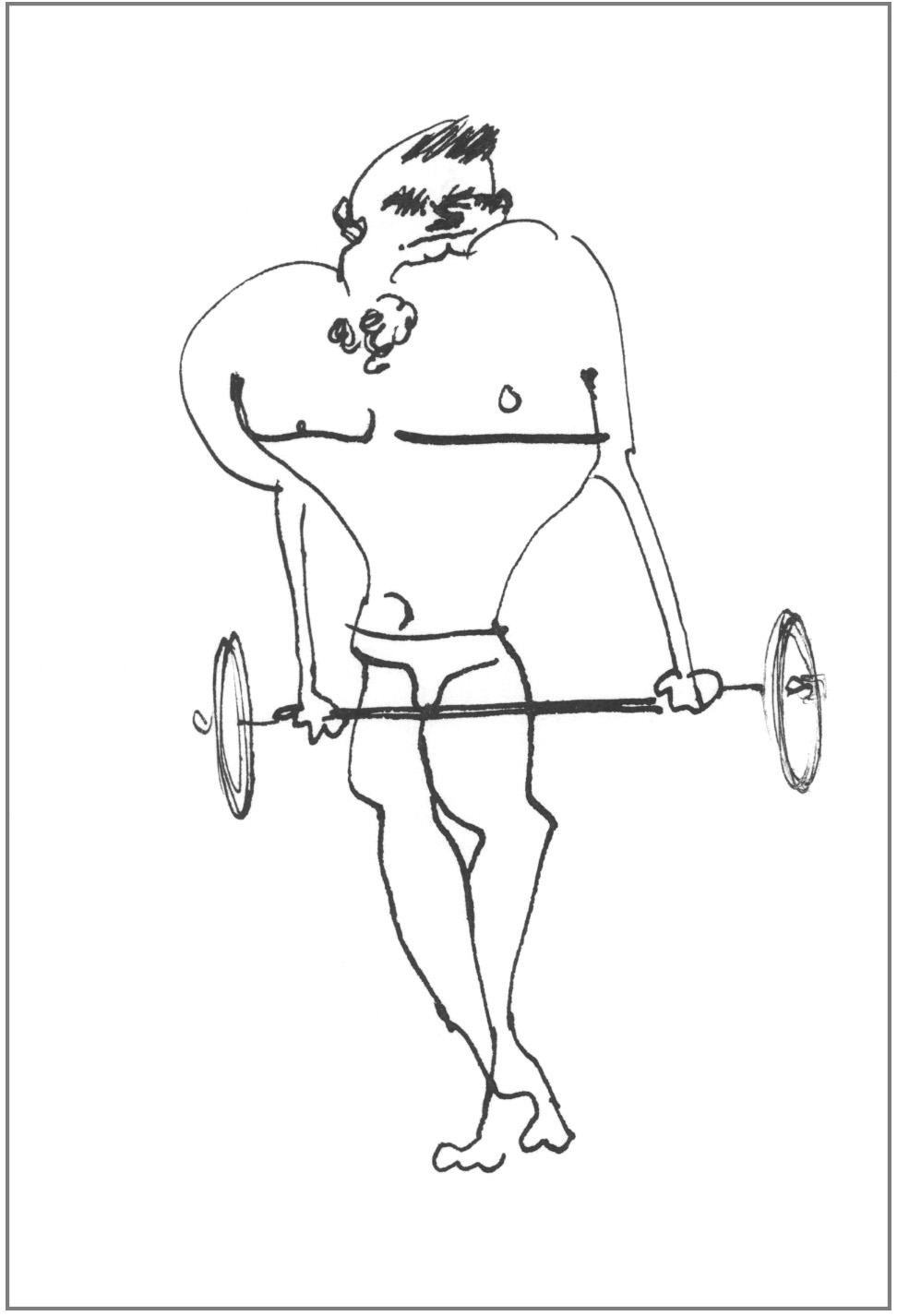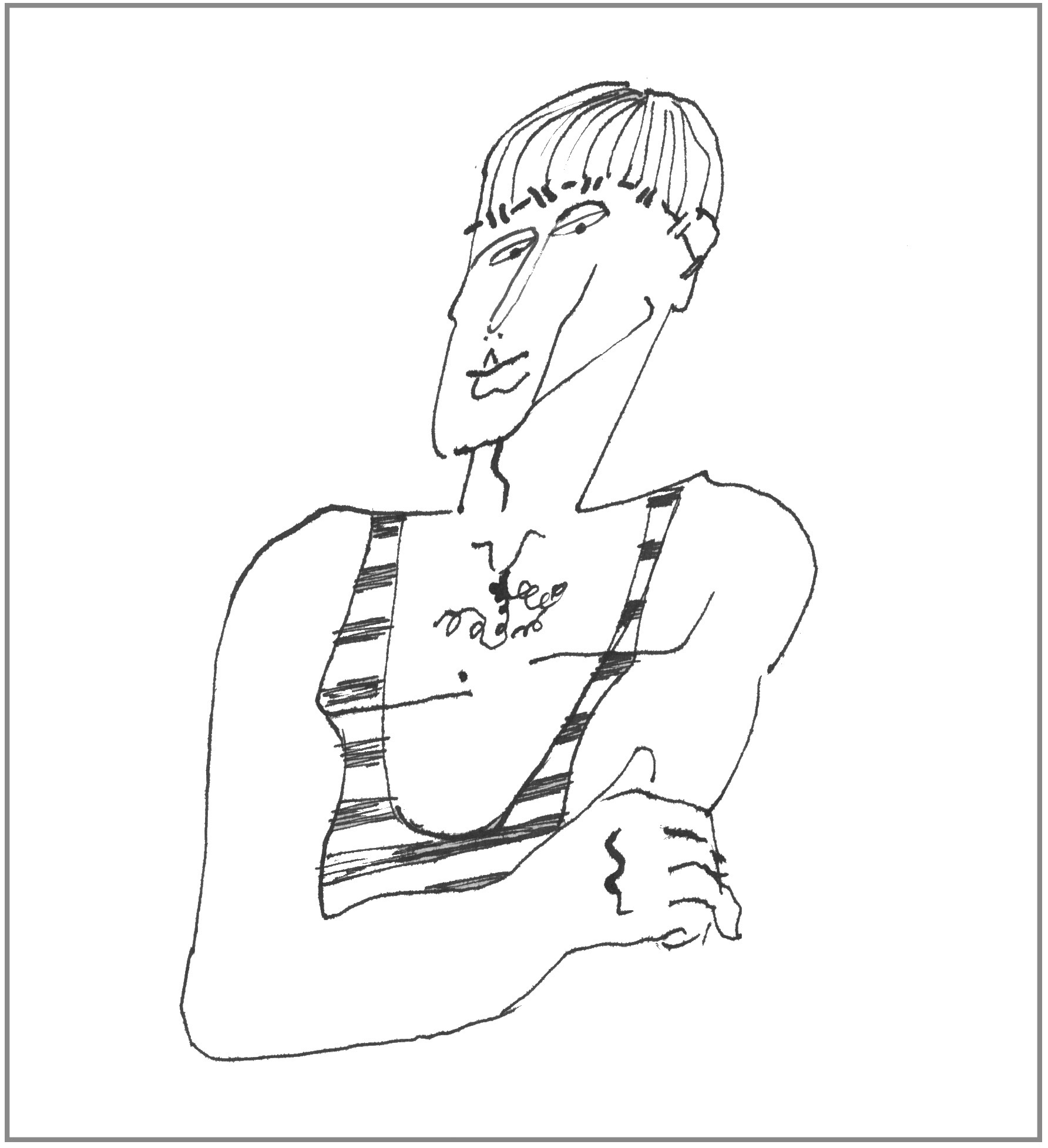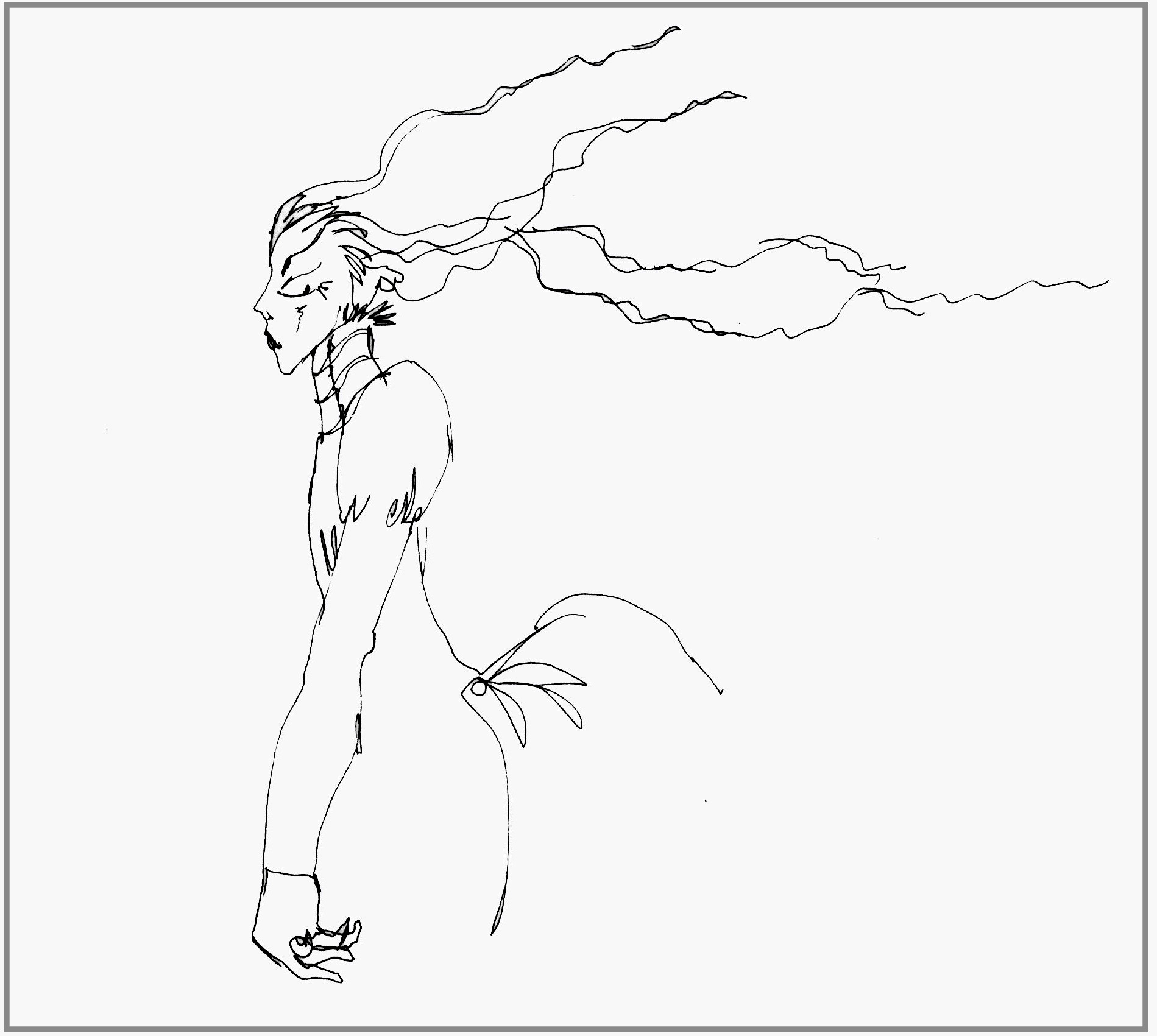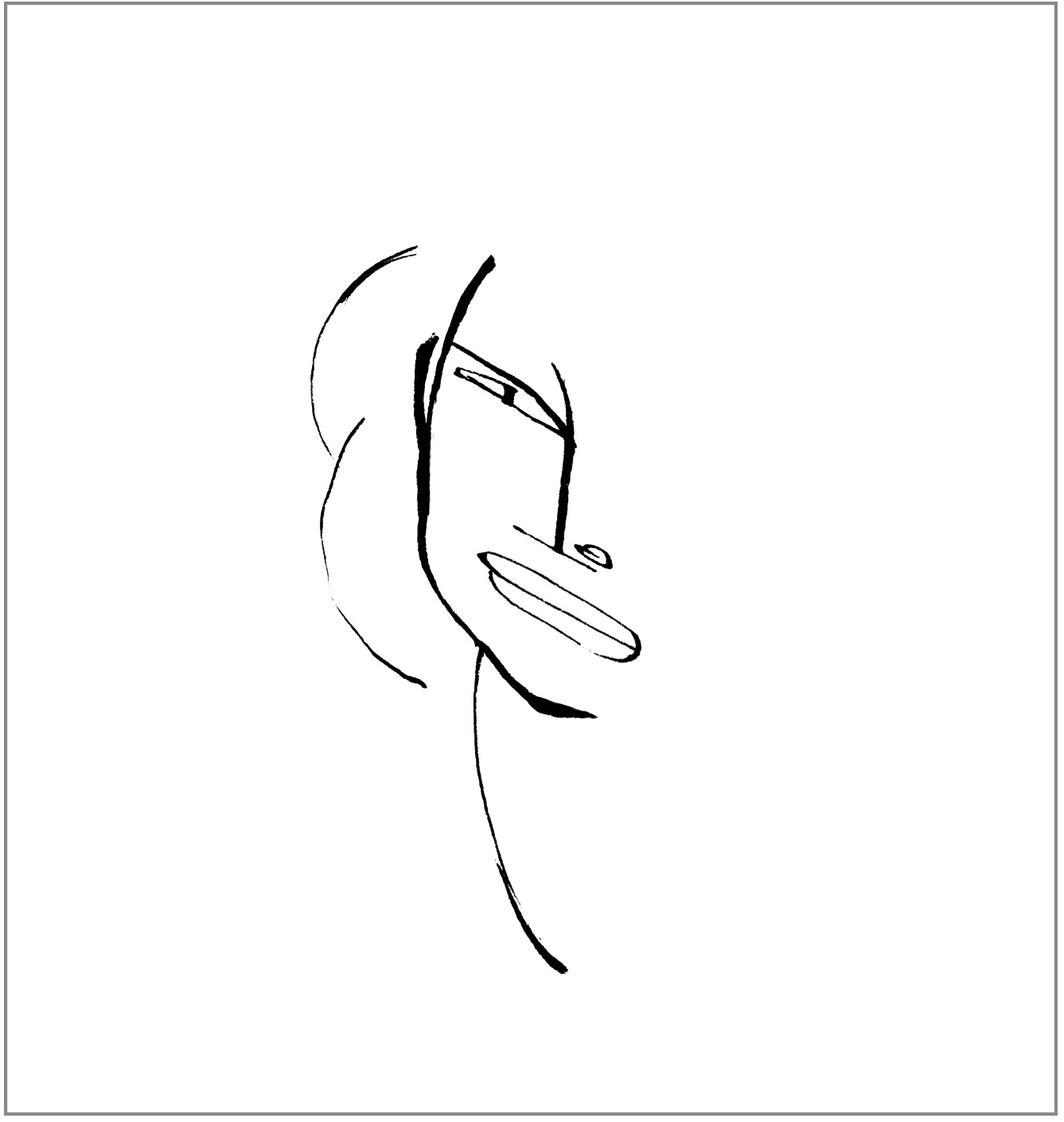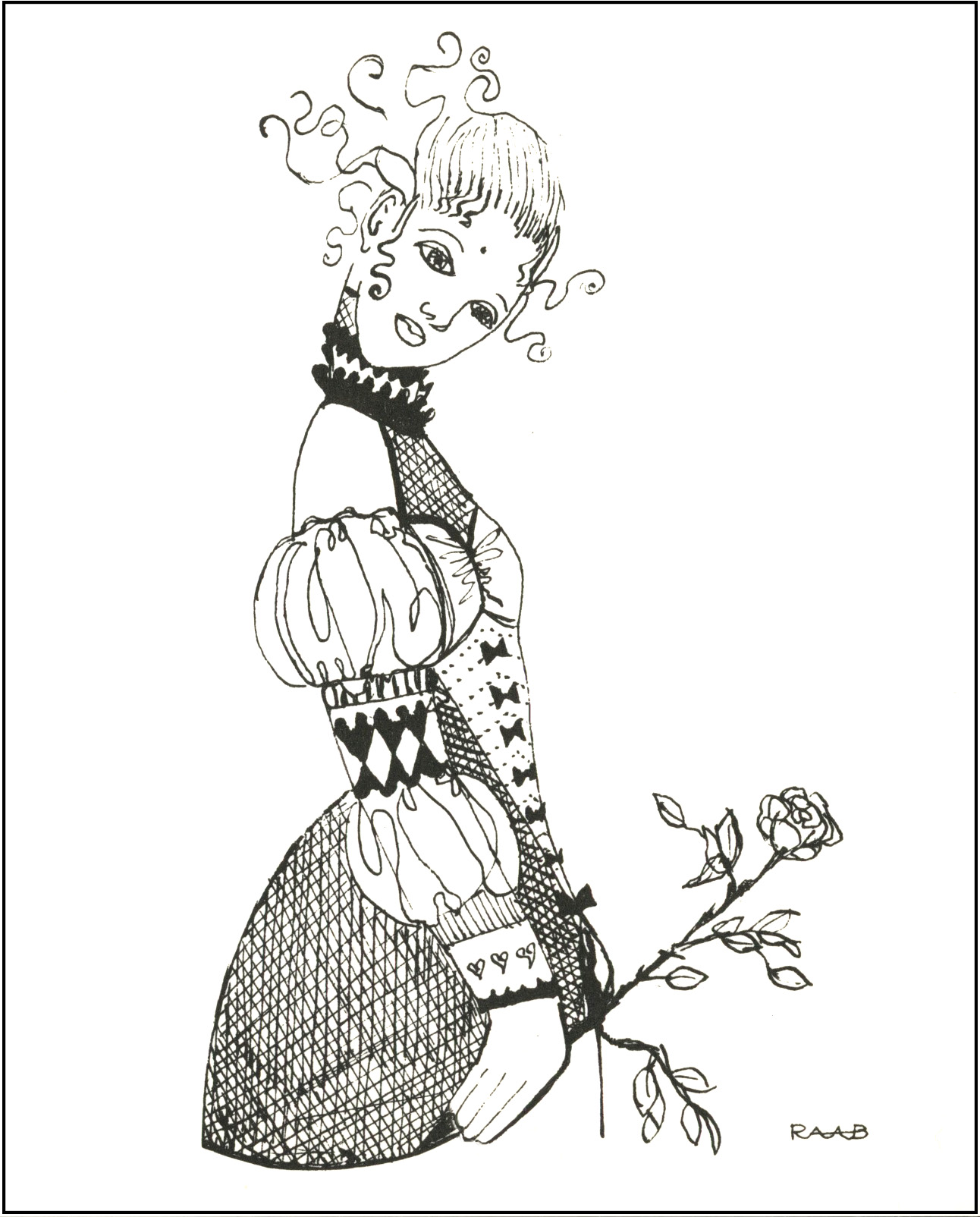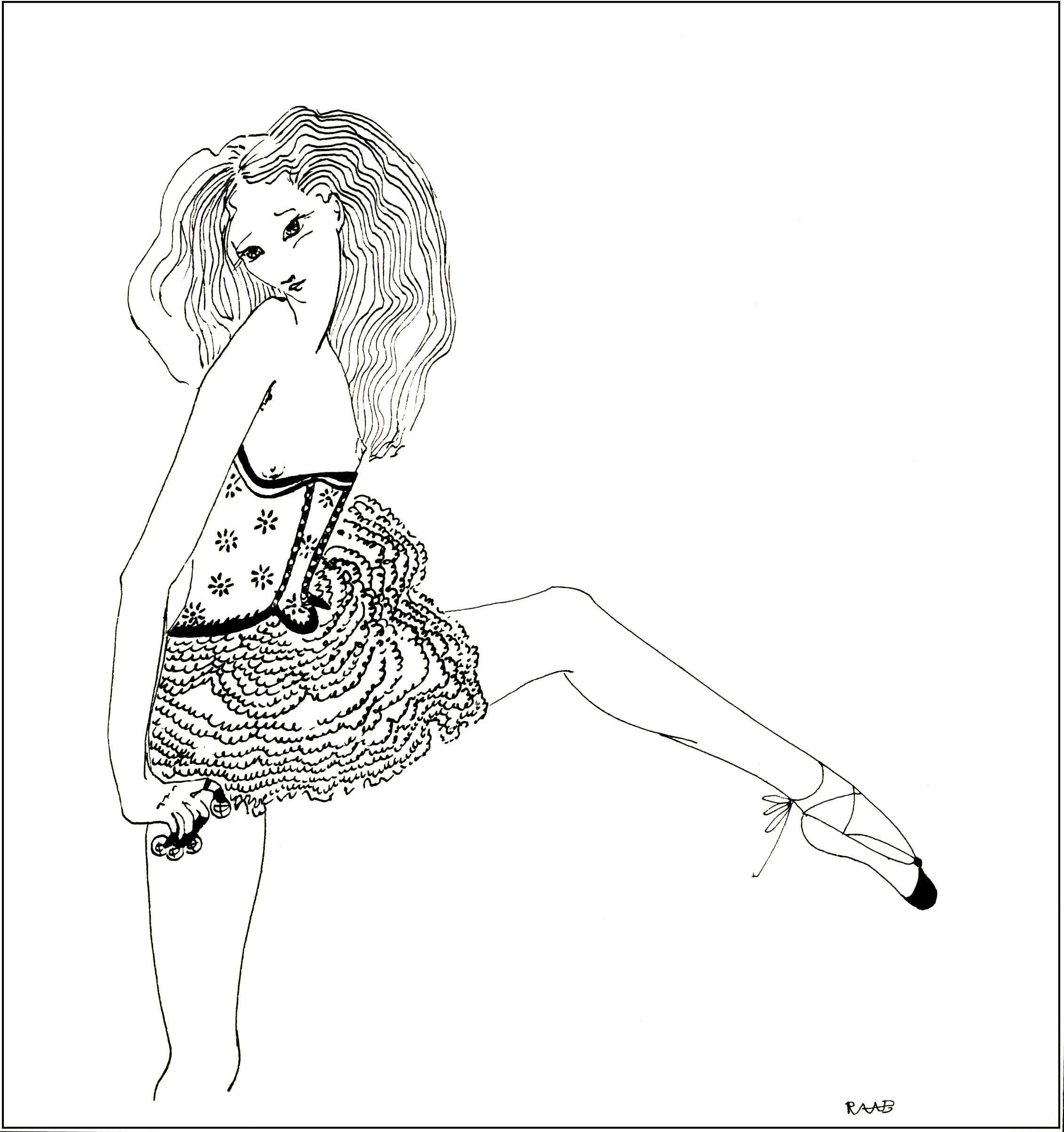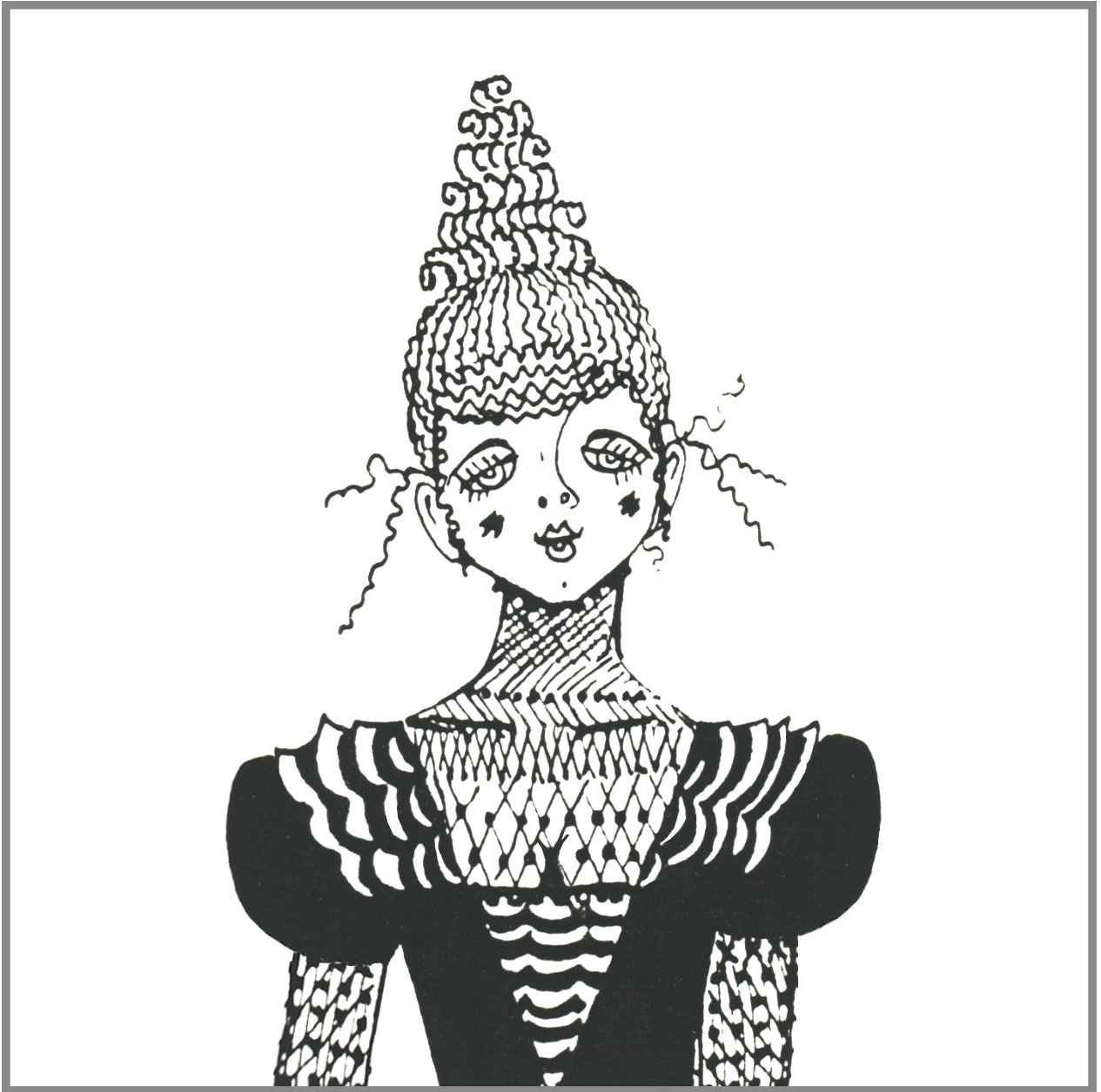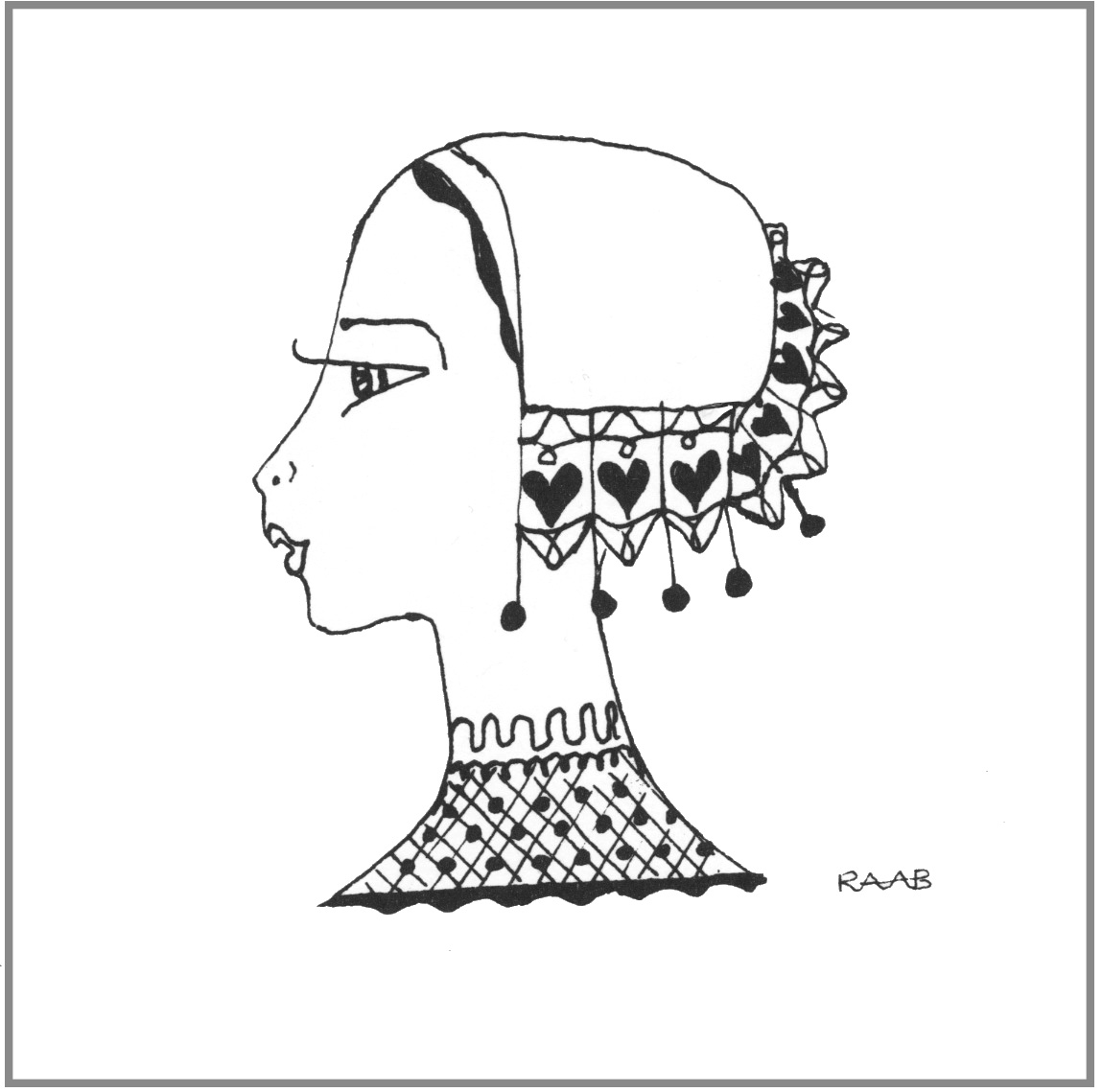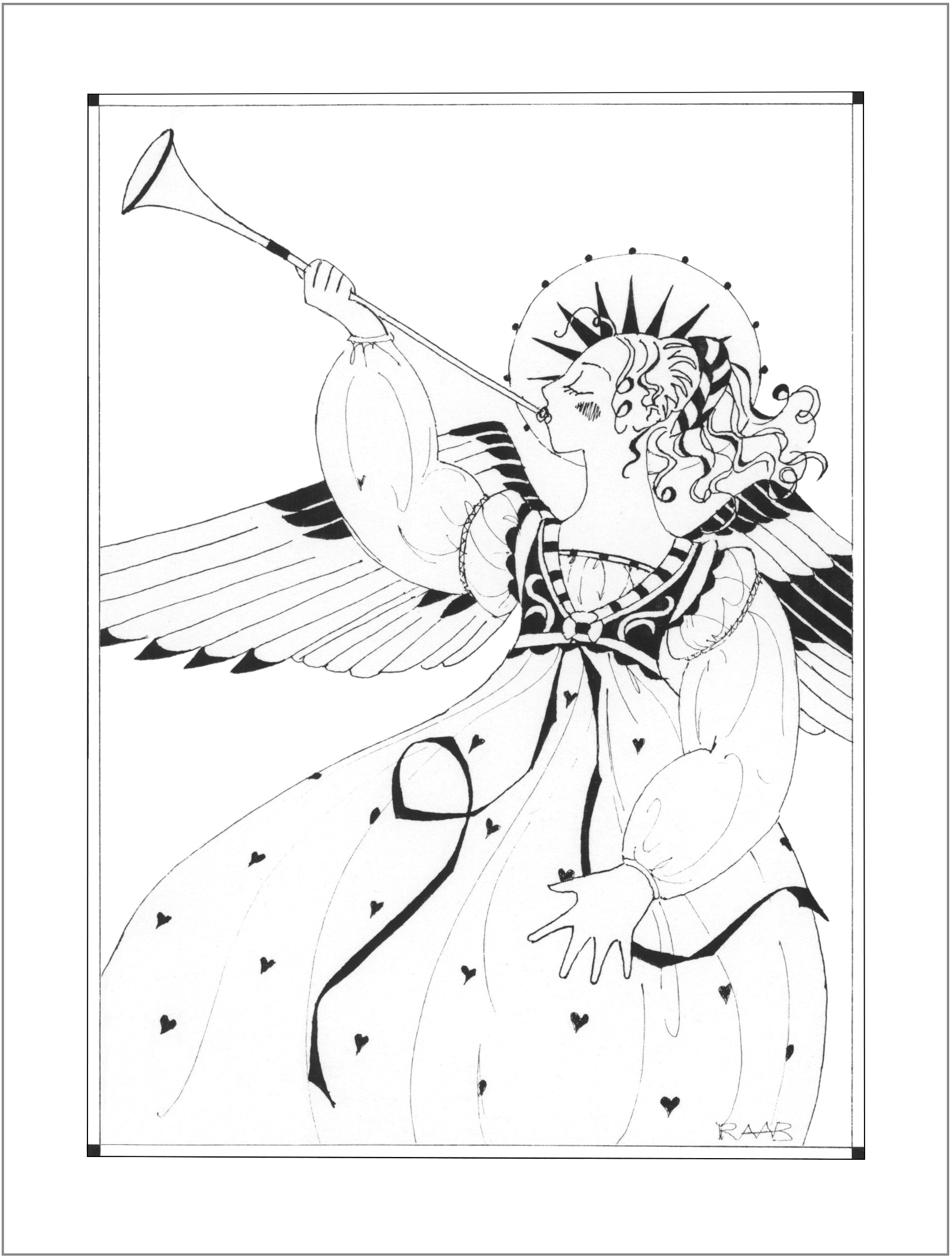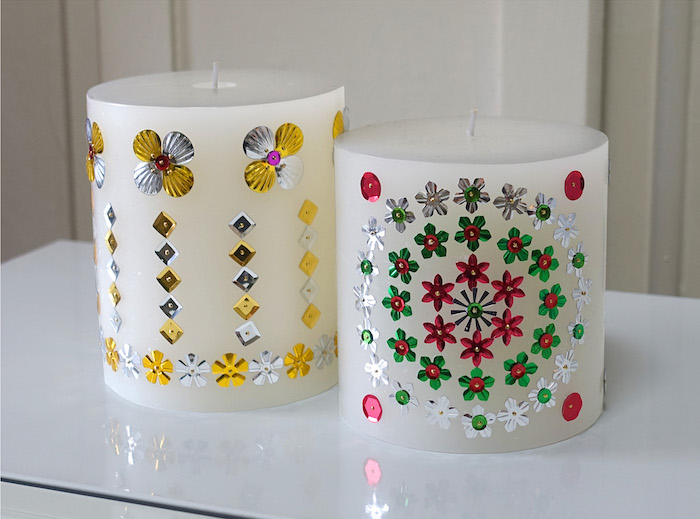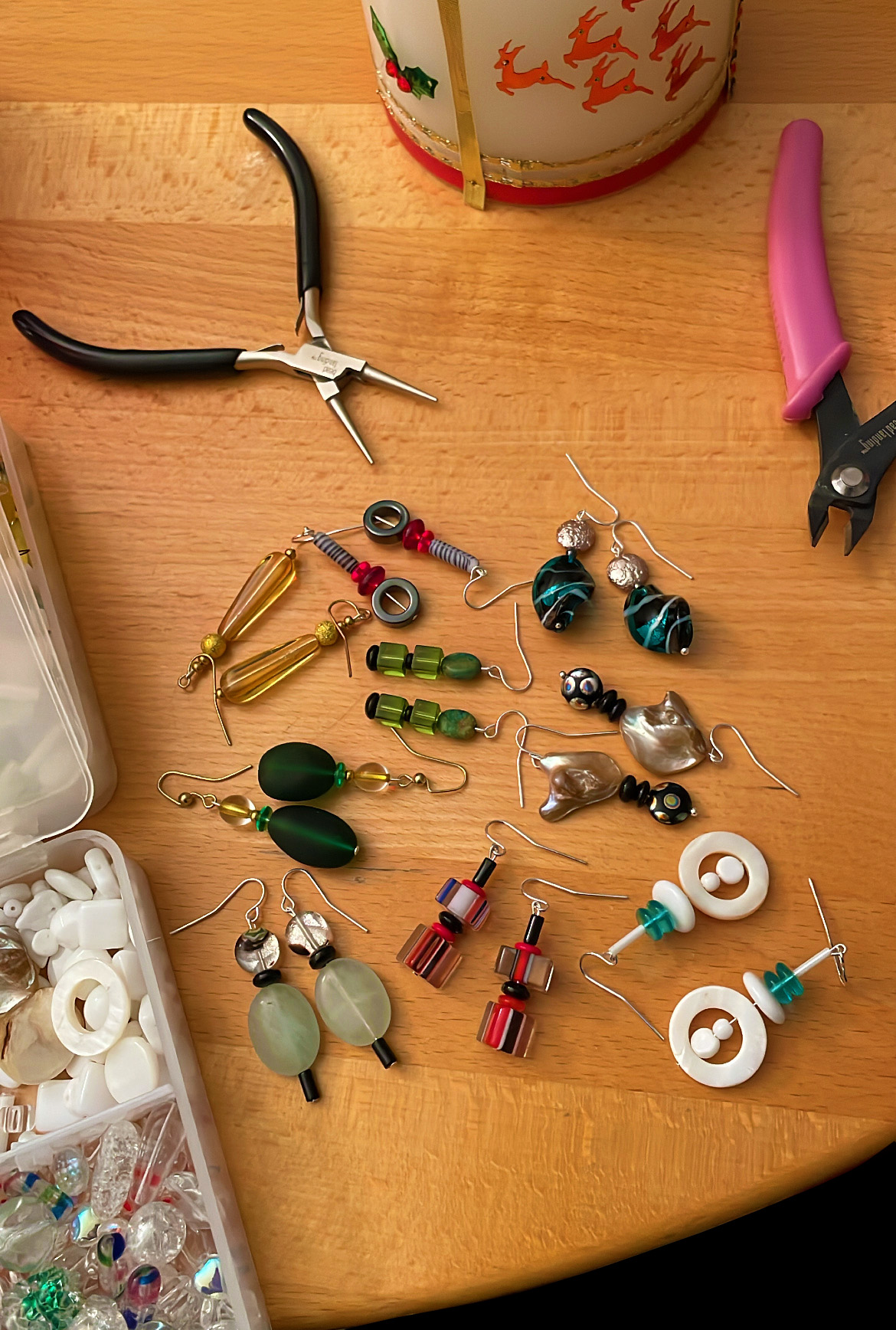COMPANIONABLE
COMPANIONABLE
Once Jeff and Karen, Arlen’s kids, had left home, I often visited her and Harry in her little cottage with the wild back yard, using the guest room with the wicker bed to spend the night. In A Patchwork Memoir I wrote:
Harry is lounging in an easy chair, munching Rolaids for his chronic dyspepsia. Liesel, their crabby, angle-faced Siamese, sits in his lap, enjoying all the comforts of a vibrating chair, for Harry’s foot, laid across the opposite knee, is jiggling with a frenetic life of its own. Liesel pads up his ample shirt front and sets her fangs affectionately in his chin. Harry remarks, with a sly expression, “I call her the fart in a catsuit.” In a scatological mood, we compose the following limericks:
Me: A corpulent monarch, Queen Joan,
Was wont to get stuck on her throne.
She admonished her court
When she heard the report
That the butt of their jokes was her own.
Harry: An ingenious young fellow named Bart
Found a method for tuning a fart.
Though the public found queer
His melodious rear,
The critics agreed it was art.
In a philosophical mood, he tells me that in Norse mythology, the universe ends with the triumph of the God of Chaos. I remember the theory of maximum entropy, the heat death of the universe, and shiver with premature chill.
…
Harry was knowledgeable on all kinds of subjects, loved a wide variety of music like Arlen (he introduced me to Eric Satie), and improvised beautifully on Arlen’s quaint, white piano. He also had an astonishing palette and could discern the subtlest flavors in any culinary concoction. He read all kinds of literature, loaning my mother his mysteries and me his science fiction. At the time, he was writing his doctoral thesis for a Ph.D. in German philology, “the branch of knowledge that deals with the structure, historical development, and relationships of a language or languages,” according to the dictionary. At the same time, he had an idea for a mystery novel, he told me, that he was working out in his head.
Evenings with Arlen and Harry were full of good food, lively conversation, and, of course, music. In the morning Arlen would make her lemon crepes, or Harry a delectable quiche.
